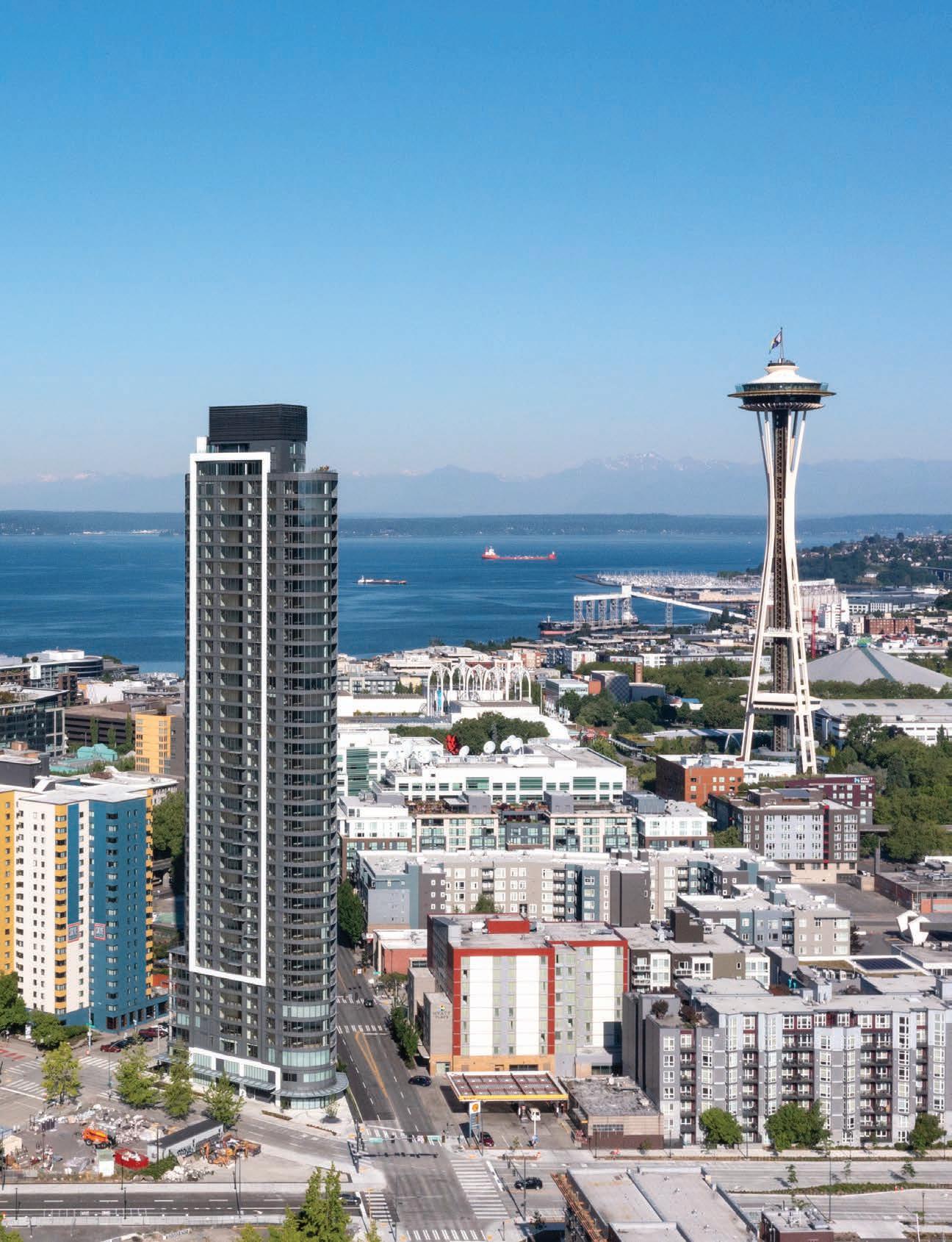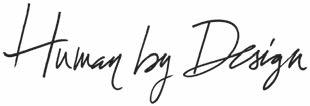




Embodied within our promise of Human by Design is the understanding that every aspect of our work— from the projects we design to our day-to-day operations—is sustainable, inclusive, impactful, and embedded in social and environmental responsibility. To expand our creativity, and thus, our ability to make a meaningful difference through design, we are committed to bringing together people of diverse talents and perspectives from all backgrounds. We learn from each other, from our work, and from our clients.
We can and must always improve. Maintaining and nurturing a culture that fosters a holistic approach to design requires constant care. It requires humility and the openness to recognize our shortcomings as well as a willingness and a drive to improve. To attract the best and brightest individuals from around the world, it is important that we take stock of where we are: how far we have come, and where we need to be headed.
Perkins Eastman’s second-annual State of Sustainability report continues our commitment to and progress towards delivering exceptional work that lives up to our promise of Human by Design.
This report celebrates the progress we have made over the last year. It outlines the initiatives our sustainability team has put in place to measure our progress. As we address the challenges of climate change, we must leverage our unique talents and work together to design for a better future. Please take the time to read and absorb the report. Feel free to share this report with your colleagues, clients, and friends. We love feedback.
Last but not least, a big thank you to our sustainability and communications teams and everyone else who contributed to the contents of this report. It is encouraging to see our progress and energizing to see the potential our holistic design approach has to elevate every component of our work. Exceptional design is sustainable design; this is Human by Design.
In the months since we released our inaugural State of Sustainability report, there have been notable advances in the industry. Following the release of the 2022 United Nation’s Intergovernmental Panel on Climate Change (IPCC) report, large strides have been made regarding financial incentives and regulations. Climate change is an extremely complicated crisis; there is always much more work to be done, but these advances are helping to move the needle.
In March of 2022, the Securities and Exchange Commission (SEC) proposed a new rule mandating that publicly traded companies disclose climaterelated information primarily around greenhouse gas emissions (GHGs) in their annual reports. These companies must now disclose their Environmental Social Governance (ESG) risks and opportunities, as well as their governance structures, including the role of the board of directors in overseeing ESG issues. This policy is intended to increase investor confidence in sustainable investments and improve transparency and accountability in corporate sustainability practices.
In August of 2022, the Inflation Reduction Act (IRA) was signed into law. The IRA aims to reduce the rate of inflation by controlling the costs of goods and services, and is simultaneously focused on addressing climate change. According to the World Resources Institute, the act, which involves nearly $370 billion in investment, is the largest single step that the United States Congress has ever taken to address climate change, while also promoting a fair and equitable
clean energy transition through investments that prioritize disadvantaged communities. According to the analysis, without the IRA, the United States would fall substantially short of its greenhouse gas emissions reduction goal for 2030 (which targets a 50–52% reduction from 2005 levels) only achieving a reduction of around 24–35%. However, with the IRA’s implementation, the United States is expected to reach a GHG emissions reduction of 31–44% by 2030. It is truly a game changer for climate action, and it is redirecting conversations with our clients around the US already.*
The above mandates, combined with the rapidly approaching 2030 deadline, have spurred companies, governments, and industries to make significant strides in their climate goals. Because of new laws and larger cultural shifts, it is no longer acceptable to state climate goals without a definitive action plan; tracking progress toward that goal—and publicly disclosing it—is starting to become the norm.
*Source: A Brief Summary of the Climate and Energy Provisions of the Inflation Reduction Act of 2022
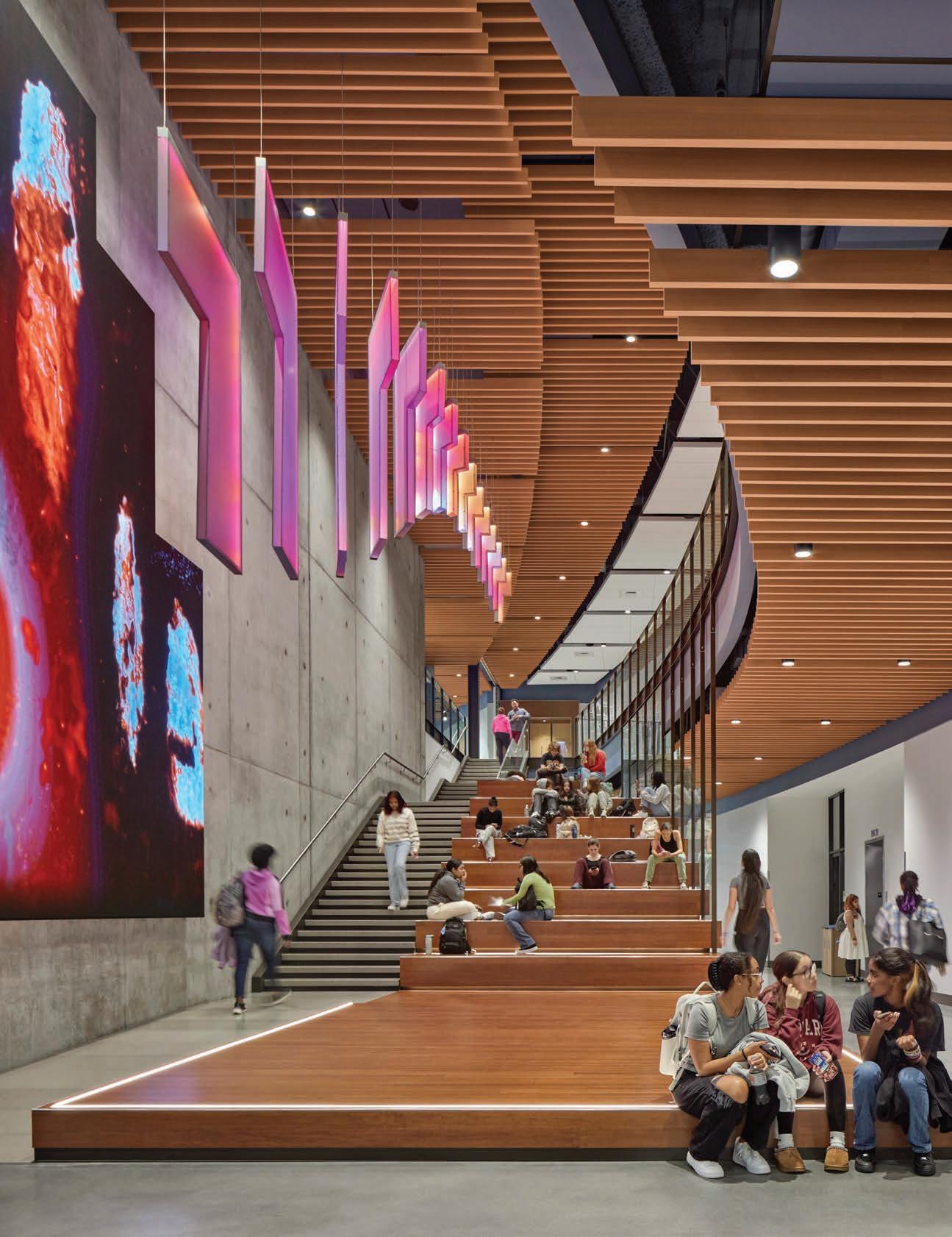
Last year we introduced our sustainability resolution, which outlined our goals in six categories of focus. Speaking to our Human by Design ethos, each of these goals center around people. We believe sustainability encompasses everything; our goals holistically reflect our company’s social, economic, and environmental priorities. This year’s report serves as an update around our progress towards meeting these goals. It provides an honest assessment of where we are and where we are headed.
• 49.8% predicted EUI reduction from CBECS baseline
• 47.7% projects with energy models
We strive to be a carbonneutral firm—in both our operations as well as in our work with our clients.
• Launch of decarbonization design competition
• Third Party-verified reporting of GHG emissions
• Targeting for 100% of our projects to use energy modeling by the year 2025
• Focus on reducing GHG emissions and carbon offsets of our operations
We strive to be curious— to use applied research to enhance and advance our work.
We strive to think about wellness holistically— in terms of people and the planet, and at all scales of work.
• Conducting research from all sides: design research, design strategy, and sustainability
• Emphasizing holistic wellness in research initiatives
• Comprehensive pre- and post-occupancy evaluations
• Increasing depth and breadth of research primarily around holistic wellness
• Sharing insights and data with the industry
We strive for all the materials we use to have a net-positive benefit on human health, climate health, ecosystem health, social health and equity, and to contribute to a circular economy.
• Educational focus in 2022 to foster our goal.
• New material library policy for vendors to include environmentally responsible and mindful material choices
• Firmwide requirements for materials transparency documentation on all projects
• Expand project benchmarking to reflect goals for material health
• Transform material libraries into learning laboratories for designers
• Align efforts with Common Materials Framework
We strive to correct the inequities in our practice, our projects, and our communities, and to celebrate diversity and culture, which we believe enriches our design and our lives.
• Created PEople Culture Manager role to help lead DE&I efforts
• Clarification of mission, vision, and goals to reflect holistic wellness and sustainability
• Use the ILFI JUST label framework to identify gaps and track improvements in our organizational practices
• Positively influence pipeline in the industry
We strive to lead with passive design, as this design strategy provides the key to both reducing future climate emissions and improving livability and resiliency as the impacts of climate change take hold.
• Recognized expertise and leadership in waterfront resilience strategies and projects
• Comprehensively focus on expanded definition of resilience on projects
• Track and improve sustainability metrics for success of largescale projects.
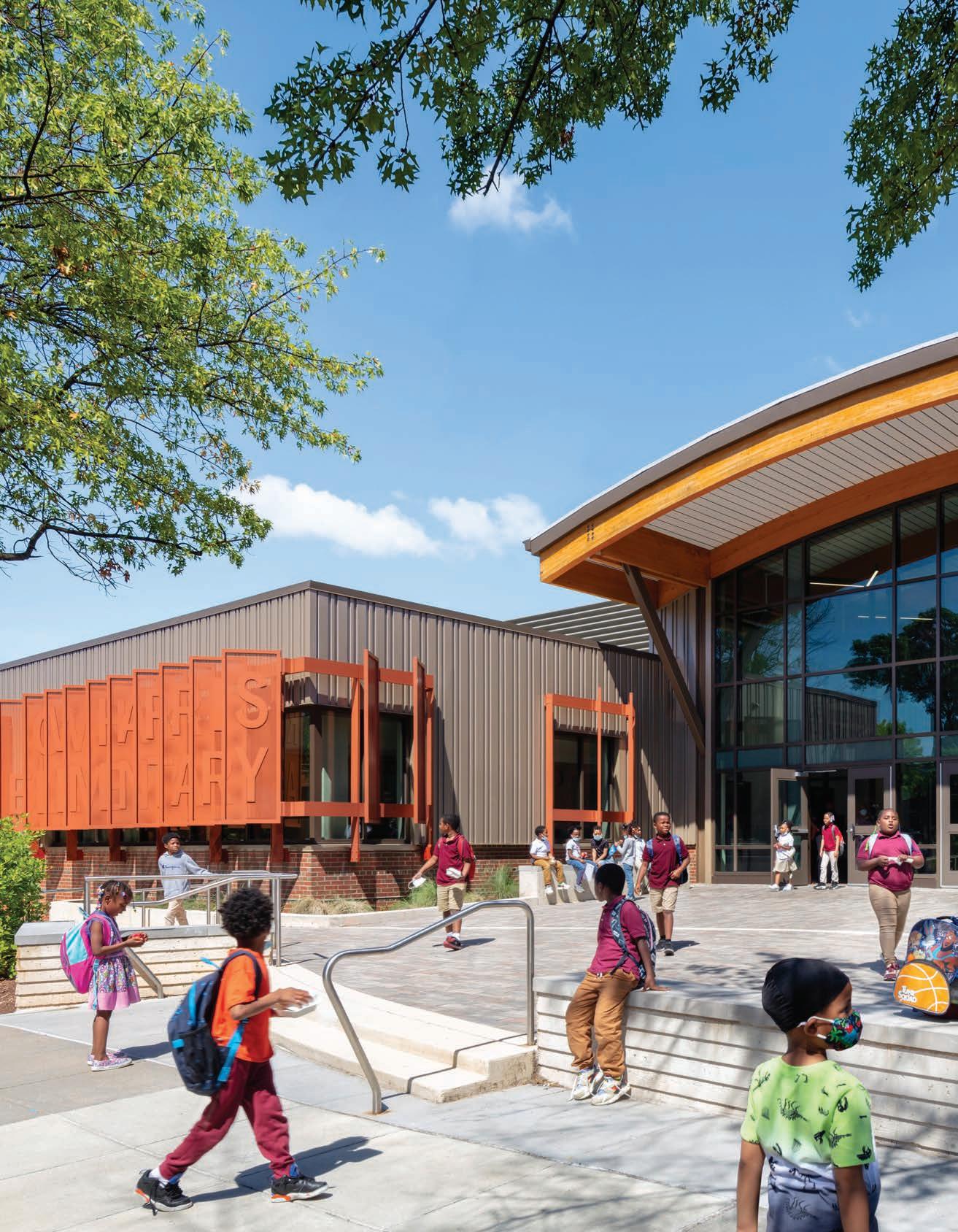


PG. 1
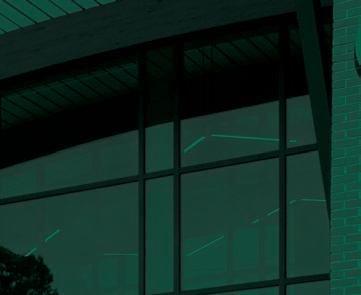

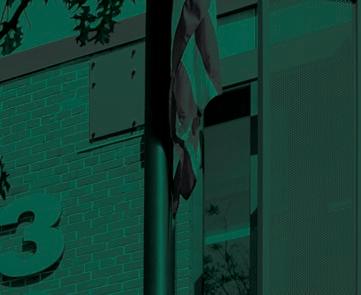
It All Starts With Culture
PG. 3
Sustainability Network
PG. 9
Education
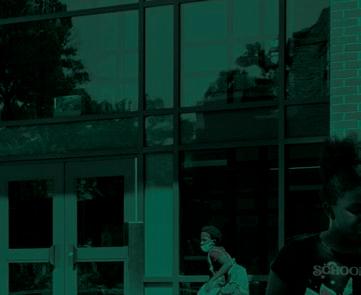

PG. 23

PG. 47 Case Study: Pushing the Envelope
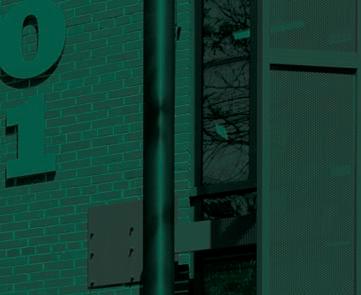
PG. 11 Celebrating Sustainability
PG. 13
Our Diversity, Equity & Inclusion Journey
PG. 19 Case Study: Perkins Eastman’s Commitment to Diversifying the Pipeline
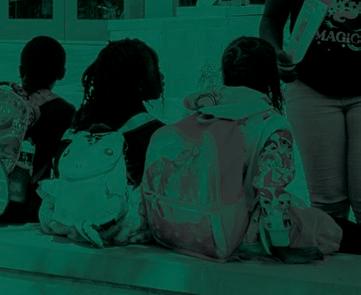
Carbon in Operations
PG. 31 Case Study: Optimizing Our Operations

PG. 35 Good Design is Sustainable Design
PG. 39 Case Study: Inclusive Design is Sustainable Design
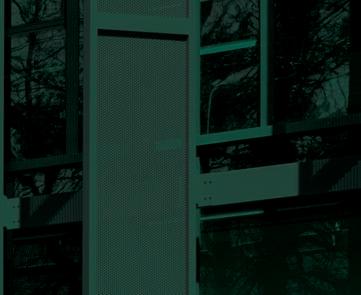
PG. 49 Materials
PG. 51 Case Study: Materials Under The Microscope

PG. 53 Holistic Wellness & Research
PG. 55 Case Study: Nature-Based Healing
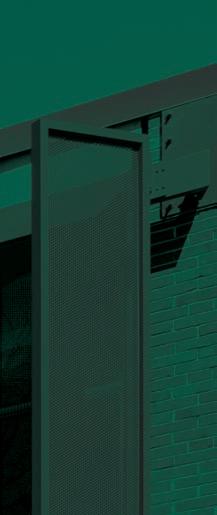
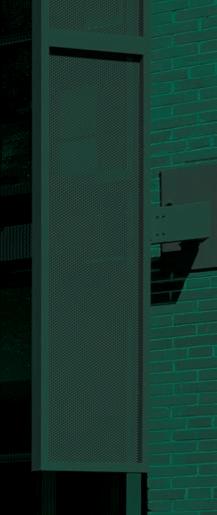

PG. 57 Resiliency
PG. 41 Carbon in Our Designs
PG. 45 Case Study: DeCarb Competition
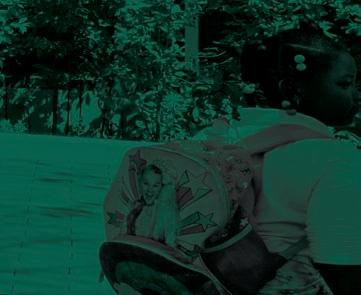
PG. 59 Case Study: Engaging With Water
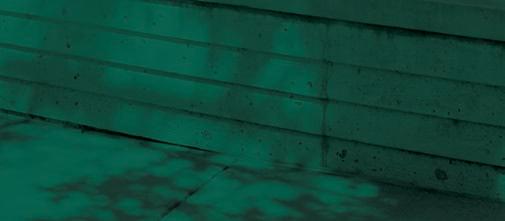




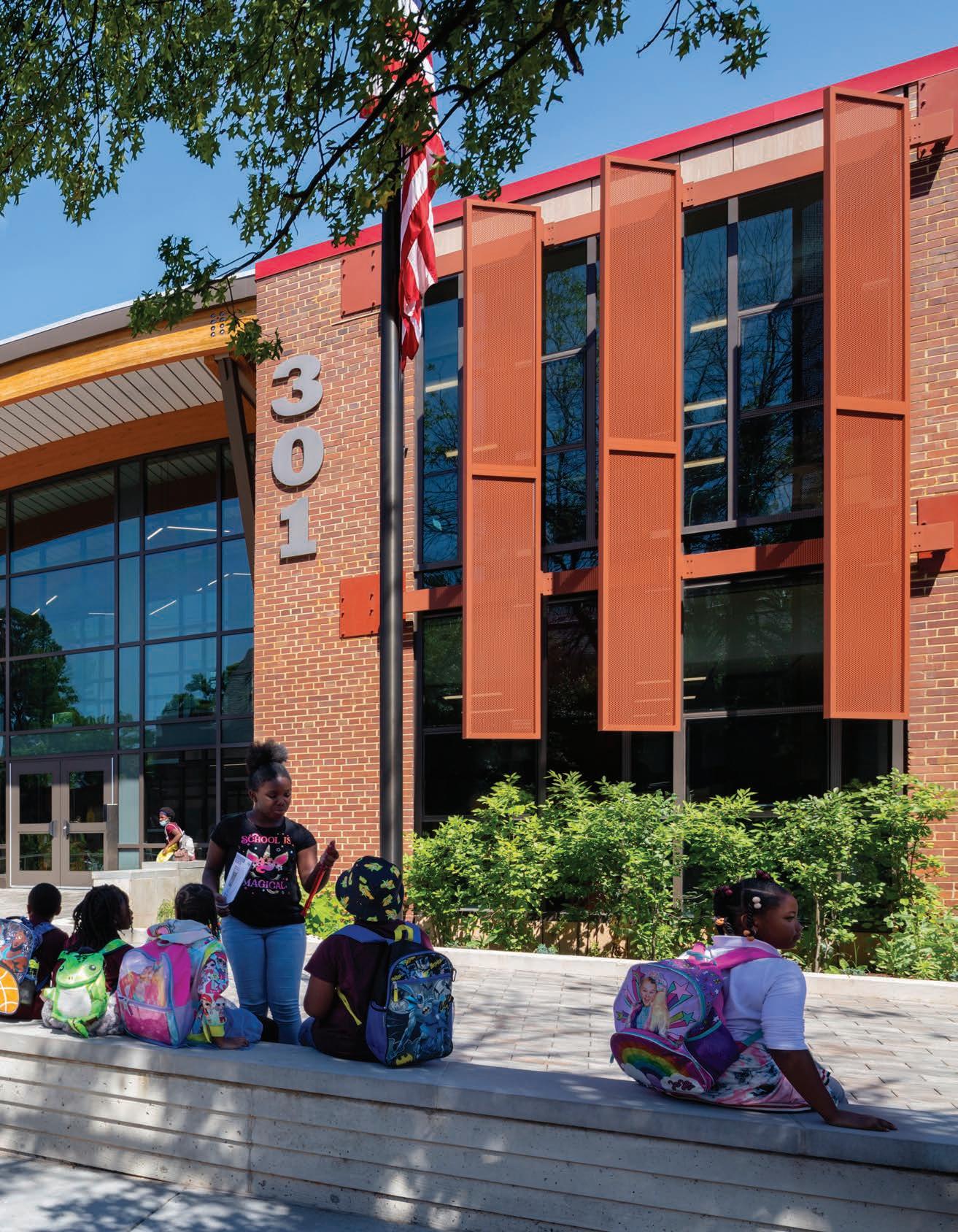

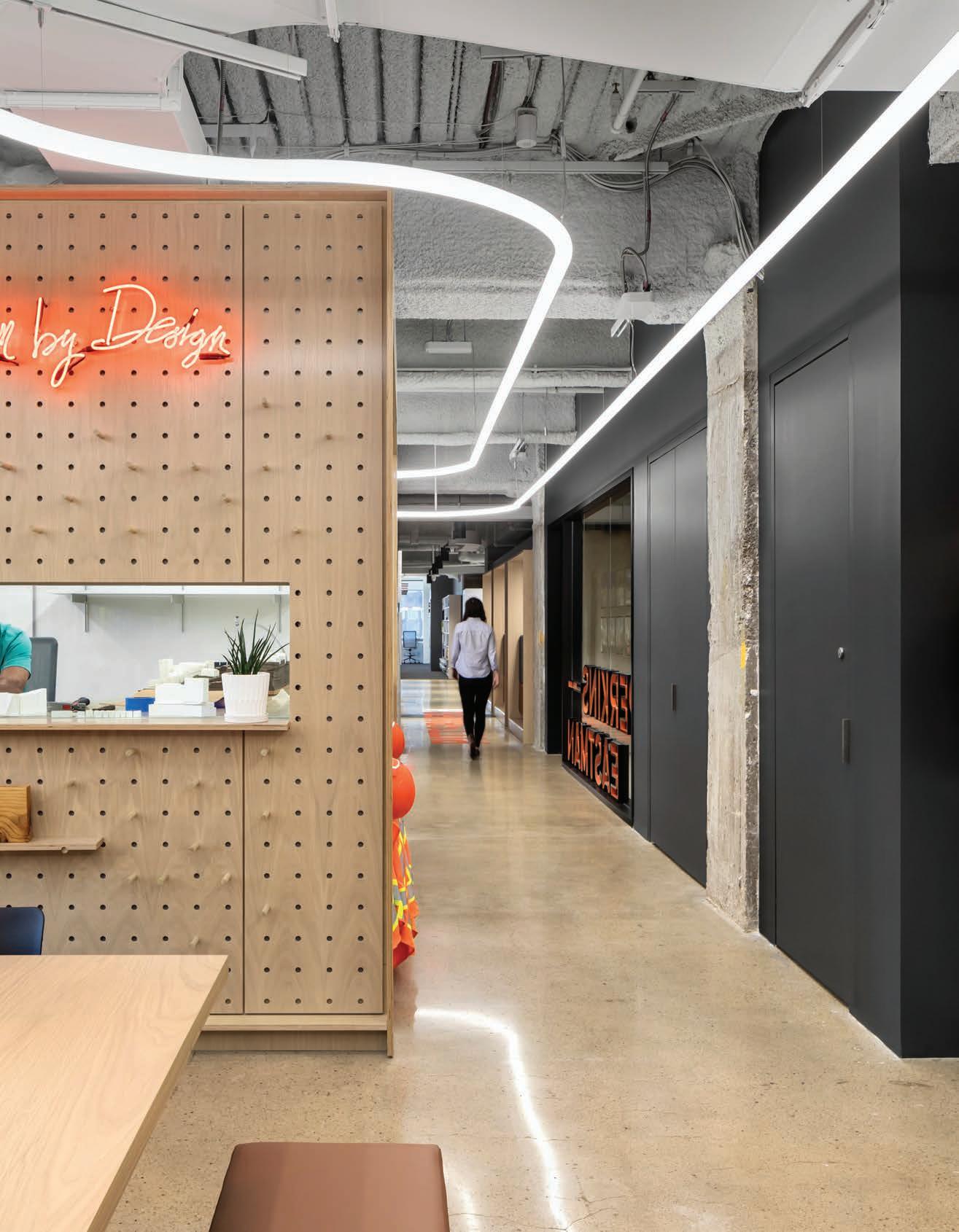
Our culture at Perkins Eastman is embodied in our ethos of “Human by Design.” We believe design should have a positive impact on people’s lives and the environment. We work toward a better future, with people at the heart. At Perkins Eastman, we take advantage of our global platform to deliver design solutions with care and craft.
Sustainability, in every interpretation— social, economic, and environmental— is the cornerstone of our success. When we first started building a sustainability initiative at Perkins Eastman, we knew that it wasn’t going to be merely a technical challenge, but would also, and perhaps more importantly, be a cultural challenge.
Continuing to foster a holistic understanding of sustainability within our culture remains our priority. To that end, we’ve developed a robust network of people and a strong foundation of resources to deeply embed sustainability within our design thinking. This year’s report reflects this mindset; we’ve chosen to begin with culture, as culture drives both our work and our operations and is something we must constantly and consciously work to improve and strengthen.
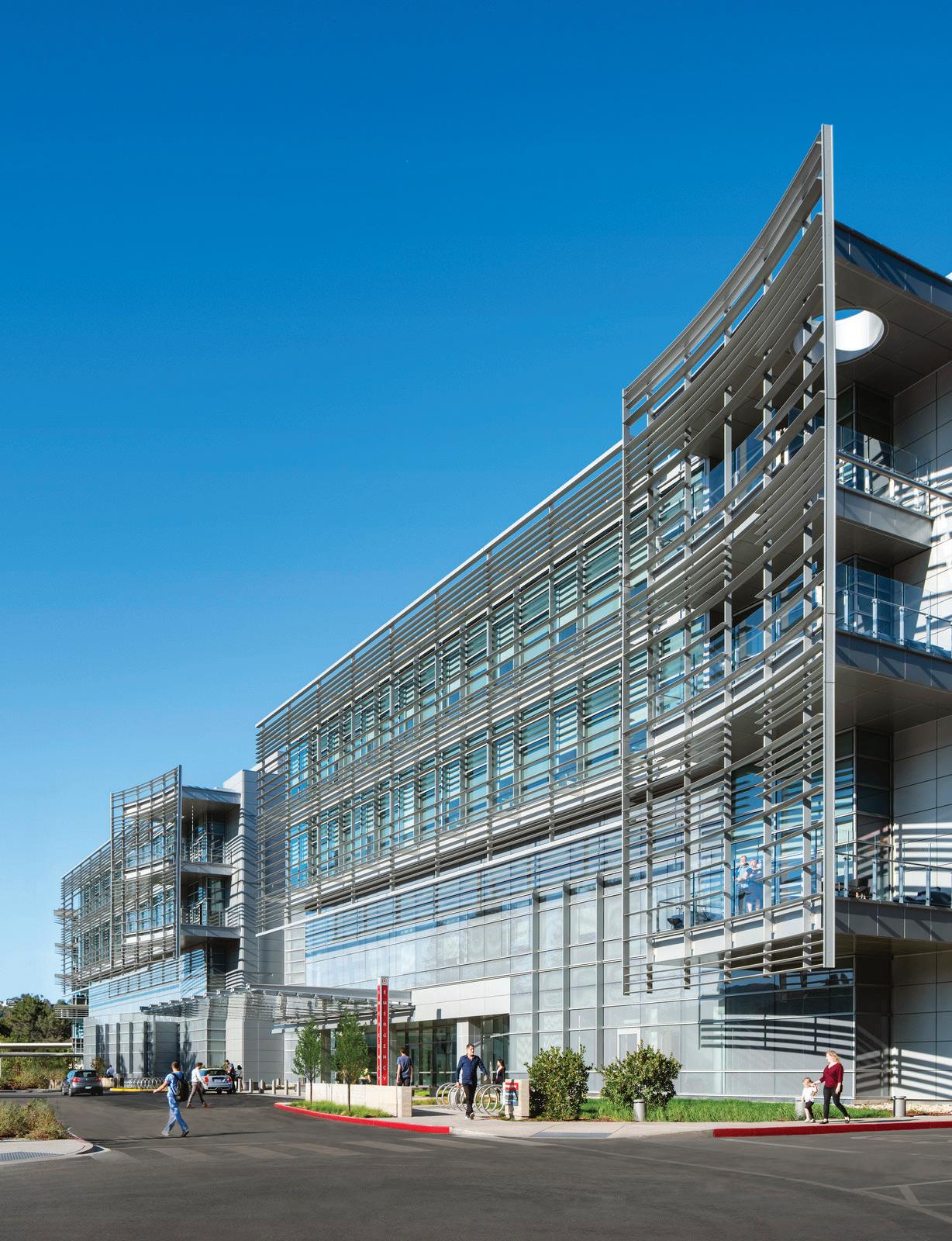
Over the past twenty years, we have built an internal sustainability network of people. These individuals are an interconnected group reflecting all levels of staff across the firm. Through their rigor and dedication, we now have the foundation and the resources to transform how we approach our work.
As we showcased earlier with our sustainability goals, our firm has made a strong commitment to sustainable practices. To support this, we have established a comprehensive Sustainability Network, which comprises our Firmwide Sustainability Team, Regional Sustainability Specialists, Sustainability Advisory Committee, Studio Green Coordinators, and project Sustainability Leads. We work together to ensure that sustainability is integrated into all aspects of the firm’s operations and projects. By leveraging the expertise and passion of our staff, we are able to drive innovation and excellence in sustainable design and help create a more sustainable future for all.
Sustainability Network Tree
1. Sustainability Leads
2. Green Coordinator Network
3. Regional Sustainability Specialists
4. Firmwide Sustainability Team
5. Leadership Advisory Committee
1
2 3
4 5
The Firmwide Sustainability Team oversees initiatives across all Perkins Eastman studios. This team works to develop policies and effective sustainability strategies and coordinates the firm’s global strategy to improve the performance of all projects. The firmwide team also collaborates with project teams to provide sustainability recommendations and support projects pursuing high sustainability targets.
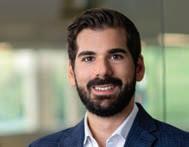

KORAY AYSIN Senior Corporate Sustainability Lead


RYAN DIRKS Senior Sustainability Specialist

Sustainability Specialist–LATAM

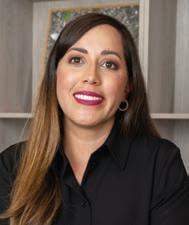


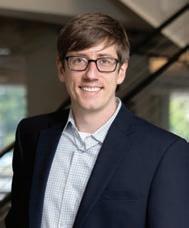
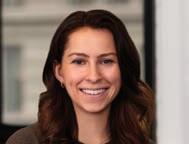
CLAIRE TURVILL Sustainability Specialist

Leader of Sustainability Standards


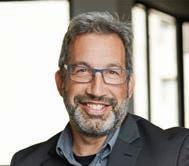





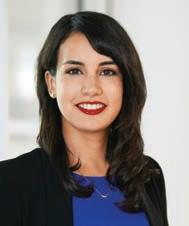

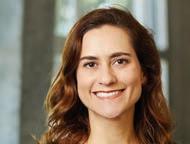
Regional Sustainability Specialist–West Coast


JUAN GUARIN Sustainability Specialist, Performance Analytics, and Tools
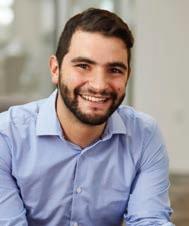

VOHRINGER Sustainability Specialist


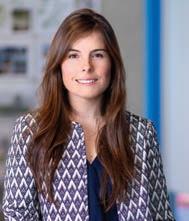
The Advisory Committee is composed of Perkins Eastman leaders across our 24 global studios who provide input and guidance on the direction of sustainability initiatives.



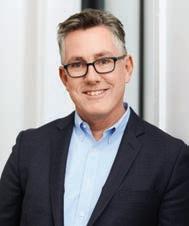





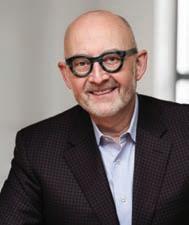
JAUREGUI Director of Sustainability




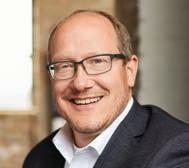

In addition to the Firmwide Sustainability Team, there are a large number of people embedded within our 24 studios who are heavily involved in helping us achieve our goals of becoming a leading firm around sustainability.











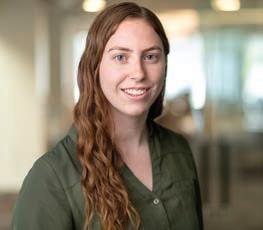







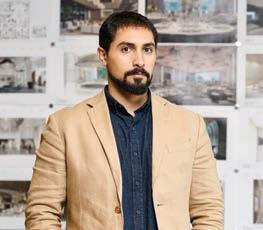









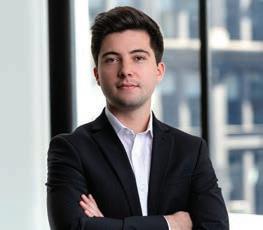






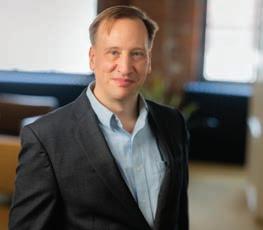




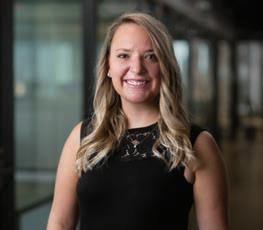










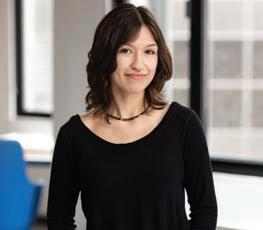


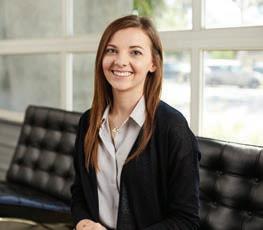












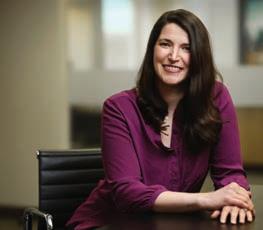




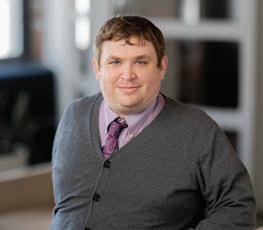
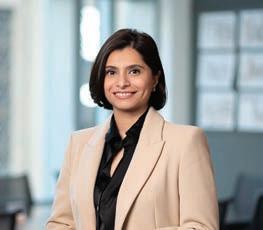










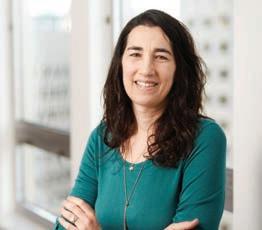
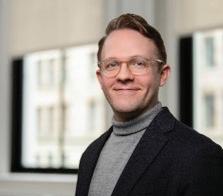






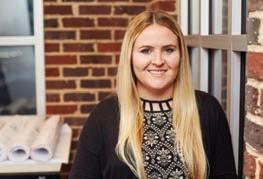




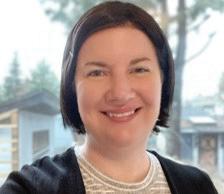



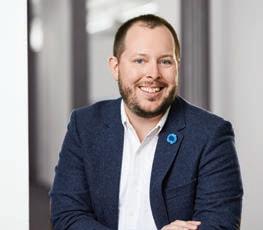







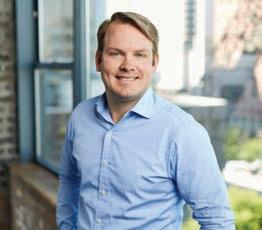




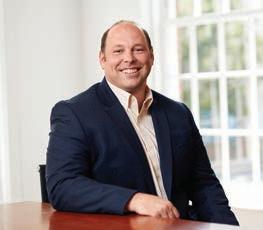
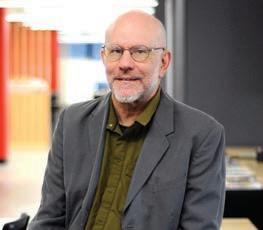






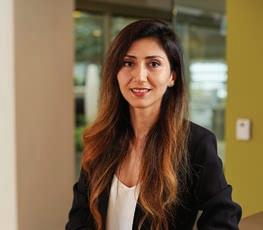




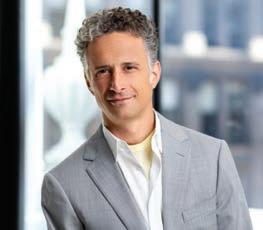




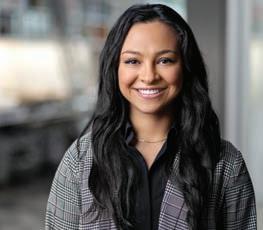














We are committed to promoting sustainability in the built environment. Our eight subcommittees help us holistically integrate sustainability in everything we do. Each subcommittee has a specific goal and outlined action items to achieve their objectives for 2023.
Increasing awareness of operational energy and carbon and providing the support necessary to enhance energy modeling among firm projects.
In 2023, the subcommittee will develop and implement an Embodied Carbon Reduction Plan, develop a QA/QC plan for Cove Tool, develop case studies for high-performance projects, and continue this coordination with other subcommittees.
Increasing awareness and accessibility of sustainable design methods and best practices through the creation of firmwide education modules and coordination of internal and external roundtable discussions.
In 2023, the subcommittee will rollout quarterly education modules, coordinate relevant firmwide education roundtable conversations, and organize firmwide resources.
Standardizing a set of metrics for Perkins Eastman’s different practice areas to understand how projects are performing and ultimately raise the performance bar throughout the firm.
In 2023, the subcommittee will continue the collection of performance data, generate the Metrics of Success One-Pager, and collaborate with other subcommittees around case studies’ generation and incorporation of AIA COTE Top Ten Criteria.
Ensuring that all aspects of the selection and use of materials—and the impact on human and environmental health—are an integral part of the Perkins Eastman design process on every project.
In 2023, the subcommittee will support project teams in documenting products with transparency, develop further benchmarks related to the A&D Pledge, and generate practice area-specific material health goals.
Improving the use and understanding of performance analysis tools that help inform design.
In 2023, the subcommittee will develop a Sustainability Tools Database, create a framework for what types of analysis can be done throughout design, assess the overarching software on an annual basis, and expand the existing sustainability scripts library.
Increasing internal sustainability understanding of the company and enhancing its external visibility around sustainability.
In 2023, the subcommittee will create marketing material that can be shared with clients, coordinate social media sustainability posts, and integrate within the context of marketing brochures.
Showcasing the organization’s sustainability passion by externally sharing thought leadership on key topics and advocating for necessary changes in the industry.
In 2023, the subcommittee will identify thought leadership gaps, share original thought leadership and research on sustainability on a quarterly basis, track their involvement firmwide in various advocacy groups, and devise a strategic approach for advocacy by partnering with the Diversity, Equity & Inclusion subcommittee.
Demonstrating how Perkins Eastman “Walks the Talk” by establishing sustainable operations strategies and developing an annual sustainability report.
In 2023, this subcommittee will communicate our firm’s carbon footprint and environmental/social impact, both internally and externally.
As stated in our sustainability resolution, we commit to providing our fellow Perkins Eastman employees with the training, resources, and experiences they need to develop and expand their passion for sustainability.
Our commitment to knowledge management is essential to our success. We have developed a robust system of resources and tools that allows us to access, distill, and distribute the latest trends and best practices in sustainability across our firm. As the Firmwide Sustainability Team, we regularly organize and provide information sessions, workshops, and trainings to cultivate this ongoing internal and external education process.
We are also committed to sharing our expertise with the wider community. We love sharing our passion for and knowledge of sustainability with others, and encourage everyone in our network to participate in speaking engagements and thought leadership events. This past year we had 25 people at over 18 different conferences speaking on sustainability topics ranging from pathways to net-zero energy to wellness and from indoor environmental quality to resilient design.
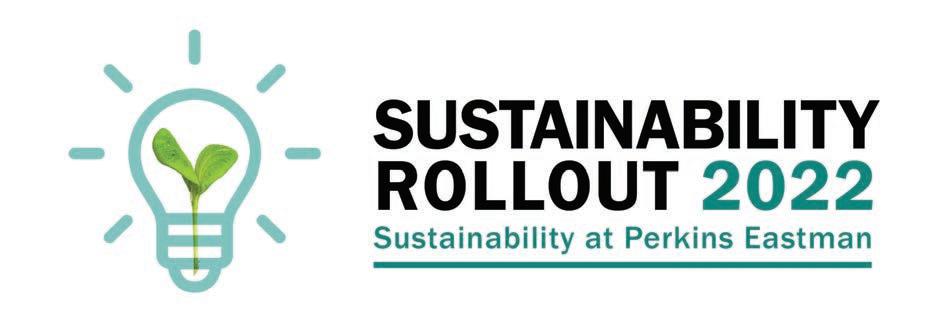


THIS YEAR, ONCE AGAIN WE JOINED THE GREENBUILD CONFERENCE IN PERSON. IT WAS GREAT TO MEET WITH COLLEAGUES AND INDUSTRY EXPERTS IN PERSON.
CHRISTINE VOHRINGER PRESENTS AT THE NESEA (THE NORTHEAST SUSTAINABLE ENERGY ASSOCIATION) BOSTON CONFERENCE

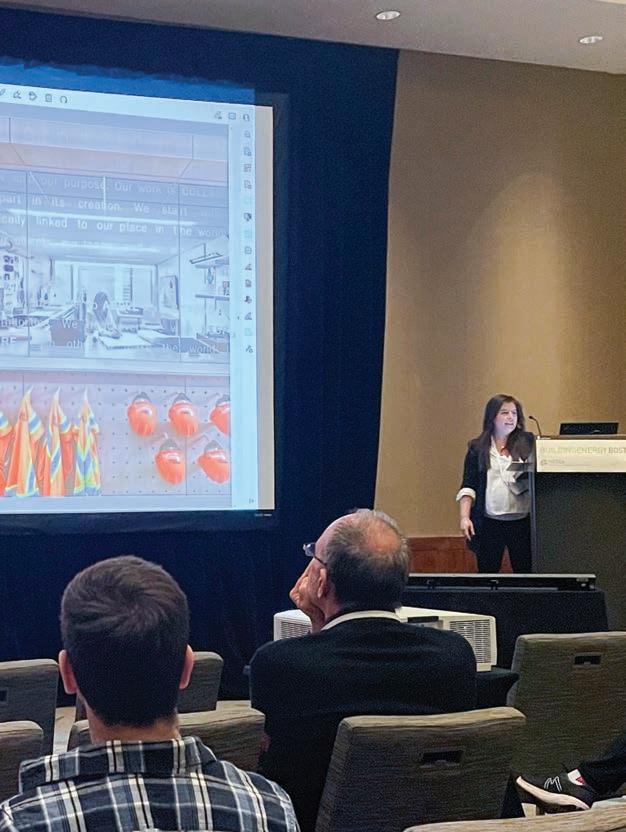
KORAY AYSIN LEADS A PANEL DISCUSSION AT THE URBAN LAND INSTITUTE 2022 FALL MEETING IN DALLAS


At Perkins Eastman, we are proud of our colleagues in all of our 24 studios who go above and beyond to foster sustainability in our practice and process. In addition to our firmwide planning, each studio highlights sustainability in their local offi ces.
We believe that it is important to celebrate our successes and recognize the many efforts of our team members. We regularly celebrate sustainability milestones and recognize team members who have made significant contributions to our sustainability culture.
Additionally, the activities that are organized on a local office level help us to connect all of Perkins Eastman with sustainability, and serve as a reminder of how we can continue to make positive strides. This helps us reinforce our commitment to sustainability and keeps our team motivated and engaged.

APPLE PICKING ACTIVITY WITH THE BOSTON STUDIO




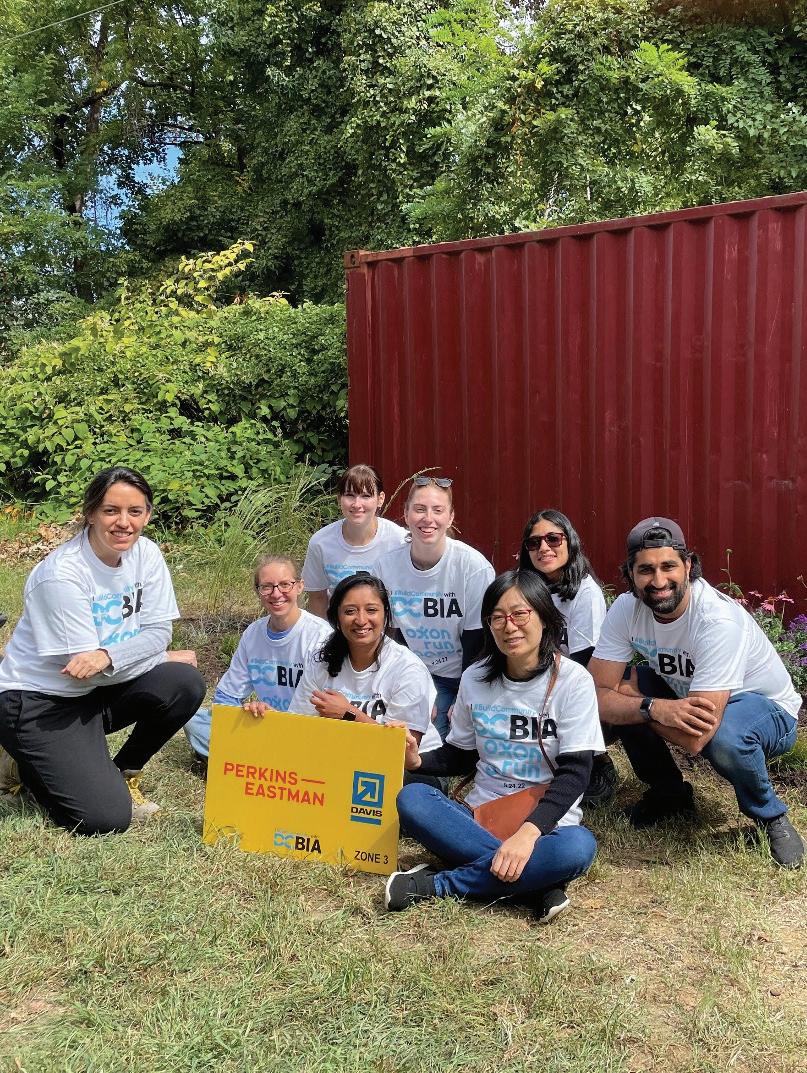

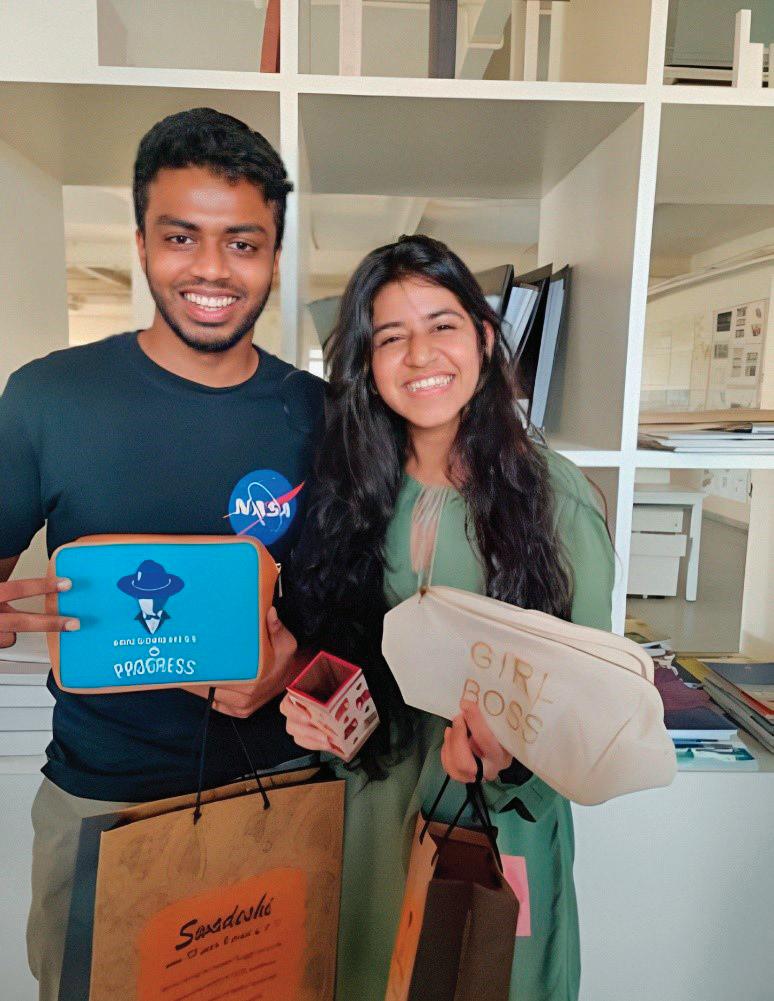
Diversity, Equity & Inclusion (DE&I) and the Environmental, Social, and Governance (ESG) framework go hand-in-hand. Both are crucial for long-term sustainability—of an organization as well as of the environment. As we each bring our unique identities to these responsibilities, we aim to continually increase our intercultural competence as a design firm with both local and global impact.
Diversity, equity, and inclusion are essential to our Human by Design ethos. We are committed to creating a diverse and inclusive workplace where everyone can thrive.
Whitney Young is the keynote speaker at the AIA Convention in Portland, Oregon. In his provocative landmark speech, he challenges, “you are not a profession that has distinguished itself by your social and civic contributions to the cause of civil rights,” setting the course for better representation and advocacy in architecture.
The National Organization of Minority Architects (NOMA) is established in Detroit during the AIA National Convention, recognizing the need for greater advocacy for Black and other non-white architects.
Mary-Jean Eastman (Perkins Eastman co-founder) graduates from McGill University in a class that is comprised of fewer than 10% women.
We achieve this vision through assembling project teams that incorporate diverse voices and backgrounds and provide environments for mentorship and perpetual growth. A diverse project team brings unique perspectives to the forefront. An inclusive project team affords the space for inspired experimentation.
The Americans with Disabilities Act (ADA) becomes law, prohibiting discrimination against individuals with disabilities.
Mary-Jean Eastman joins with Brad Perkins to establish a new firm, one of very few at the time co-led by a woman.
The Women’s Leadership Initiative (WLI) at Perkins Eastman is instituted to increase gender equity at all levels of the enterprise.
The first woman, Zaha Hadid, is awarded the Pritzker Prize, the architecture industry’s highest honor.
We endeavor to enrich our culture of inquiry and design through trust, respect, and collaboration. We aspire to an environment where everyone—without prejudice—is empowered to reach their full potential as individuals and celebrate the possibilities for the benefit of all.
We commit to fulfilling our Human by Design ethos through non-discriminatory, intersectional, and equitable business practices. We continuously strive to improve our methods to deliver sustainable cultural change emphasizing diversity, vitality, and conscious inclusion as essential components of our work life.
The AIA publishes its “AIA Guides for Equitable Practice” to support architects and firms in increasing the diversity, equity, and inclusion of the profession.
The PEople Mentorship Program begins, supporting staff across the globe and encouraging people to share knowledge and experiences.
The NOMA Conference is held in Nashville Tennessee; Perkins Eastman sponsors at the Gold level, a $10,000 commitment with six employees in attendance.
The 500th living Black woman architect is licensed in the United States.
The PEople Culture Manager role is created. Emily Pierson-Brown is promoted to lead the diversity, equity, and inclusion initiative firmwide.
The AIA Women’s Leadership Summit takes place in San Jose, California, with 17 Perkins Eastmanattendees, our largest cohort to date.
We are committed to supporting diversity in the architecture profession, starting with our staff and continuing our outreach to within communities, schools, and higher education institutions to improve the pipeline.
Understanding who our staff is on a personal level is essential to determining how best to cultivate an-ever evolving culture of belonging. Though we have done this organically throughout our history, we are committed to being more intentionally inclusive and ensuring our staff feels supported because of their identities, not despite them.
Data are an important part of the story. As of April 2023, we are in the process of surveying our entire staff to better understand the intersections of all of these identities so that we may best address their needs. Our DE&I goals and initiatives for the coming years will necessarily be more impactful given the right set of staff-provided insights.
Two categories of demographic data we are currently focused on analyzing are our titled leadership and our promotions cohorts. The following page reflects where we are in the journey to become more diverse as a firm, reflecting a larger effort to diversify and instill greater equity in the architecture industry.
PEOPLE CULTURE MANAGER, EMILY PIERSONBROWN VISITING THE COSTA MESA STUDIO


Our principals and associate principals lead project teams, build client relationships, and set the tone for our studio cultures. It is critical that our leadership reflects the diversity and complexity of our staff. The current cohort of leadership is more diverse than ever in Perkins Eastman’s history and we are continuing to focus on increasing this diversity every year. This data reflects our leadership statistics as of April 2023.
In 2022, we promoted 131 staff members to associate, senior associate, associate principal, and principal in our most diverse cohort to date. As this next generation of Perkins Eastman leadership continues to evolve and grow our practice, we look forward to the ways in which they continue to make our projects more inclusive and our internal processes more equitable.
Demographic Data of Associate Principals and Principals at Perkins Eastman
Demographic Data of Perkins Eastman Promotions Cohort from 2022
In conjunction with our DE&I Vision and Mission, we developed a set of aspirations that will ground our lofty ideals in reality. These goals are rooted in our Human by Design ethos to deepen our commitment to a studio culture that creates a place of belonging for all. We believe that creating and championing inclusive teams—both internally and externally—is an integral part of our responsibility as a large firm with access to large-scale and complex projects. Among other benefits, this underscores our commitment to share specialized knowledge beyond our profession.
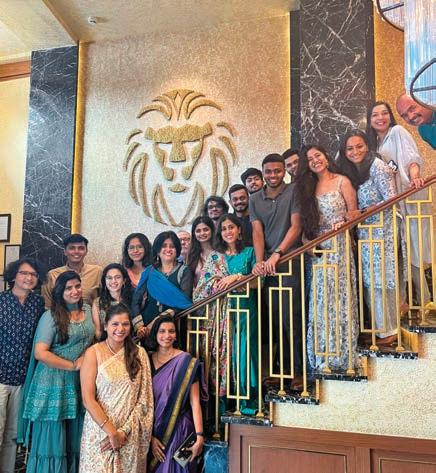

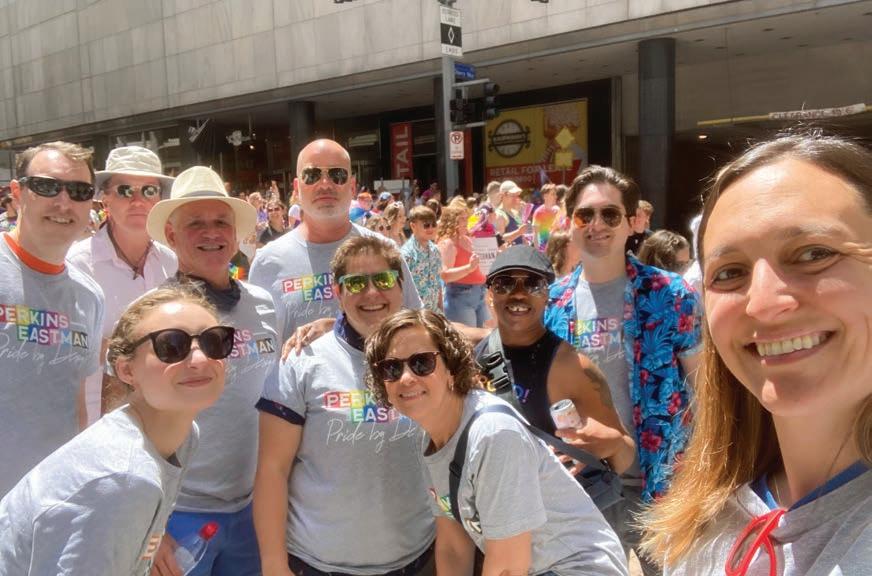

To identify and dismantle barriers to success, contribution, and recognition
To advocate for—without tokenism—diverse representation on project teams and in client meetings
To create clear pathways to leadership that better represent the diversity of the firm at the office/studio and firmwide levels
• Instilling a culture of recognition based on an employee’s preferred method of being recognized.
• Encouraging all staff to participate in the PEople Mentoring program.
• Conducting third-party equity training for leaders to broaden DE&I implementation skills.
• Instituting culture workshops to provide resources for greater understanding of diversity and inclusion.
• Reviewing our performance appraisal process for embedded inequities.
• Reviewing our Human Resources policies for embedded inequities and barriers.
To encourage a culture of continuous learning, advocacy, and growth at all levels
• Clarifying roles and responsibilities for titled staff at each level of the organization.
• Making the promotions process more transparent.
• Hosting monthly events broadcast firmwide around design- and identity-related topics.
• Maintaining a repository of resources and recordings on our intranet for regular access.
• Investing time and money in NOMA, WLS, UDream, and ACE Mentorship.
To positively influence our industry, our communities, and our society to bring about long-term systemic change
• Hiring interns and emerging professionals from Historically Black Colleges and Universities (HBCUs).
• Acknowledging monthly heritage and cultural holidays through events, newsletters, and discussion groups.
• Developing staff profiles with insights into our interests as well as our talents.
• Breaking down practice area silos to provide staff with more opportunity.
• Reviewing our promotions process for embedded inequities.
• Expanding our studio and firmwide leadership and practice leaders to a more diverse cohort.
• Expanding opportunities through the internal PE Scholarship program.
• Breaking down silos between Global Initiatives such as Sustainability and DE&I to share knowledge and resources.
• Continuing to build our relationships with HBCUs and schools with diverse student populations.
• Building strong relationships with local communities where our studios are located.
To celebrate our unique and distinct cultures and identities across the globe
• Highlighting our staff both internally and externally.
• Continuing to expand our field of vision in terms of our identities and their intersections at all of our studios.
The sustainability of the architecture profession is dependent upon supporting a more diverse workforce that mirrors the world in which we live. We work with a wide variety of communities across the country and around the globe, and our teams must reflect the diversity of our clients and partners. Perkins Eastman is committed to diversifying our staff, and, by extension, the pipeline to the architectural profession.
In recent years, we have strengthened our partnership with the National Organization of Minority Architects (NOMA) by supporting the organization at both national and local levels. We were a Gold sponsor of the 2022 NOMA Unplugged Conference where six of our staff attended in-person and three virtually. Staff from our Pittsburgh and New York studios are board members within their local chapters, and several additional studios maintain relationships at the local level.
We have participated in the NOMA-sponsored Historically Black Colleges and Universities (HBCU) mentorship and career fair series since 2020. This nine-month engagement cycle aligns with the academic calendar and allows Perkins Eastman employees the opportunity to become mentors and advisors to students studying architecture. We have built strong relationships with students and schools that have continued past the program’s parameters, including hiring a graduating student into our Washington, DC, studio in 2022.
The ACE (Architecture, Construction, Engineering) mentorship program is a vital way to introduce high school students to architecture. ACE is an organization whose mission is to encourage—through education and mentorship—high school students to pursue careers in the architecture, construction, and engineering industry, including the skilled trades.
A number of our studios, including New York, Washington, DC, Pittsburgh, Chicago, and Oakland mentor local students through projects, activities, conversations, and guest speakers. In 2022, Bethany Yoder, Senior Associate in our Pittsburgh studio, was selected as one of five National Outstanding Mentors of the Year for her work. This year we have pledged $10,000 to ensure the program’s continued viability.
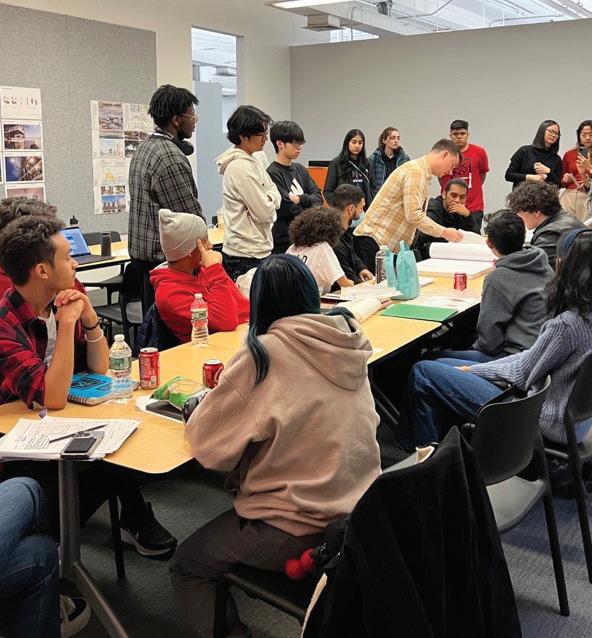
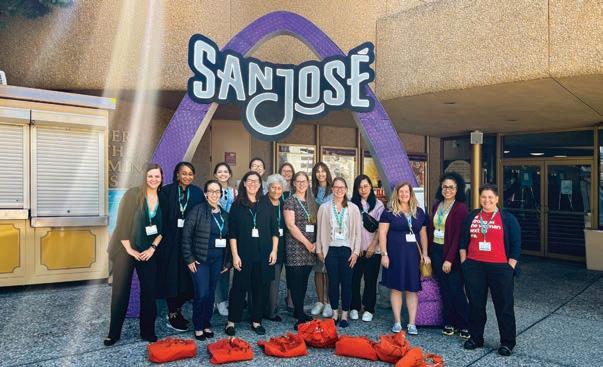
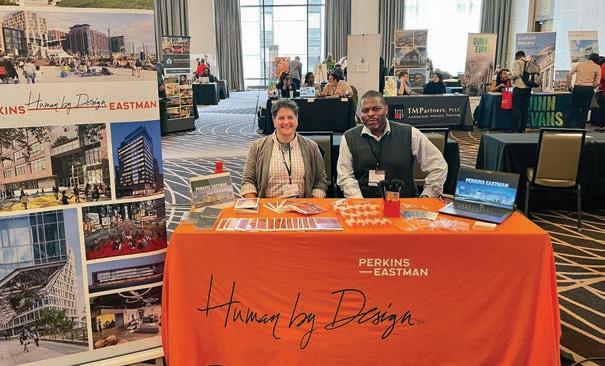
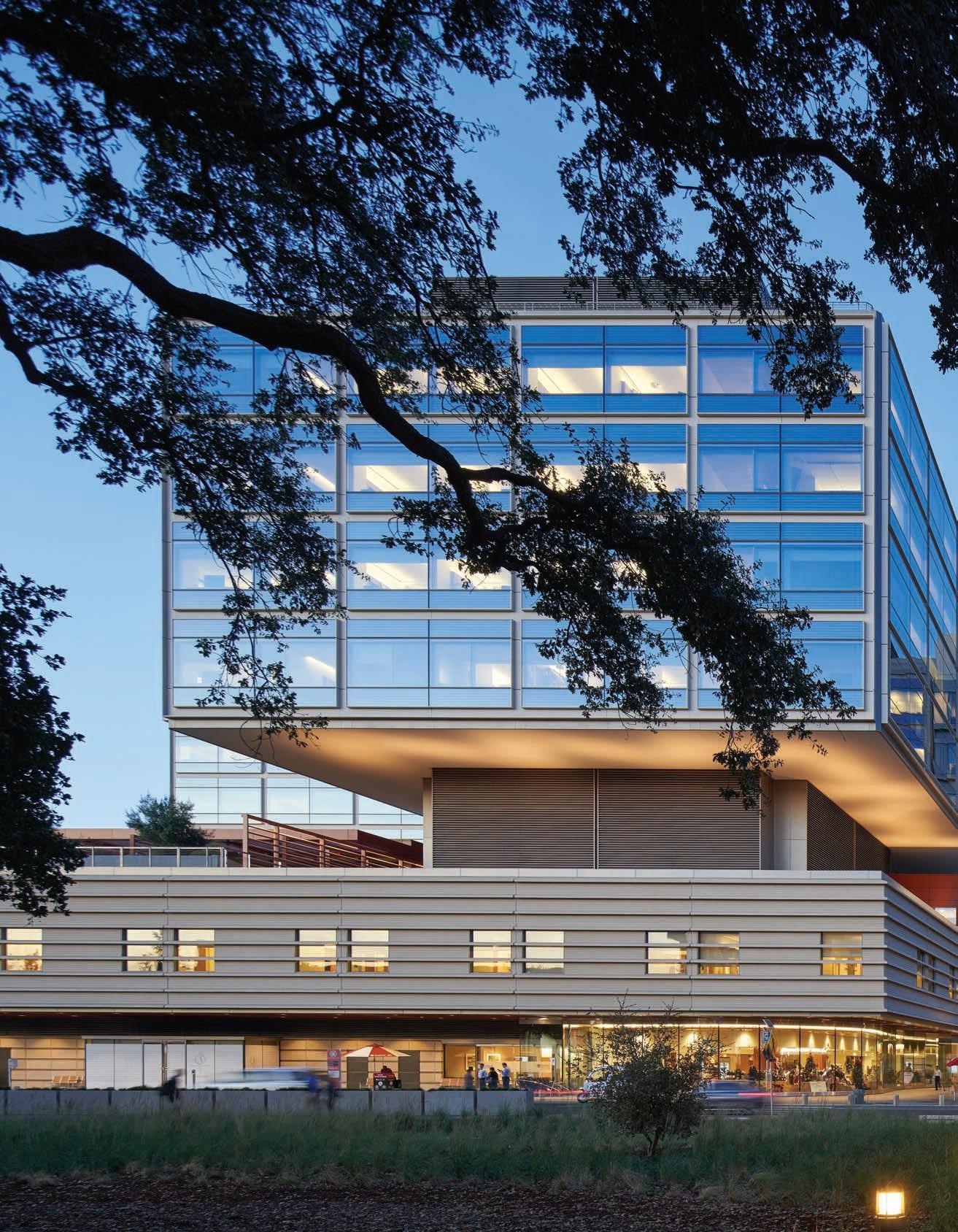
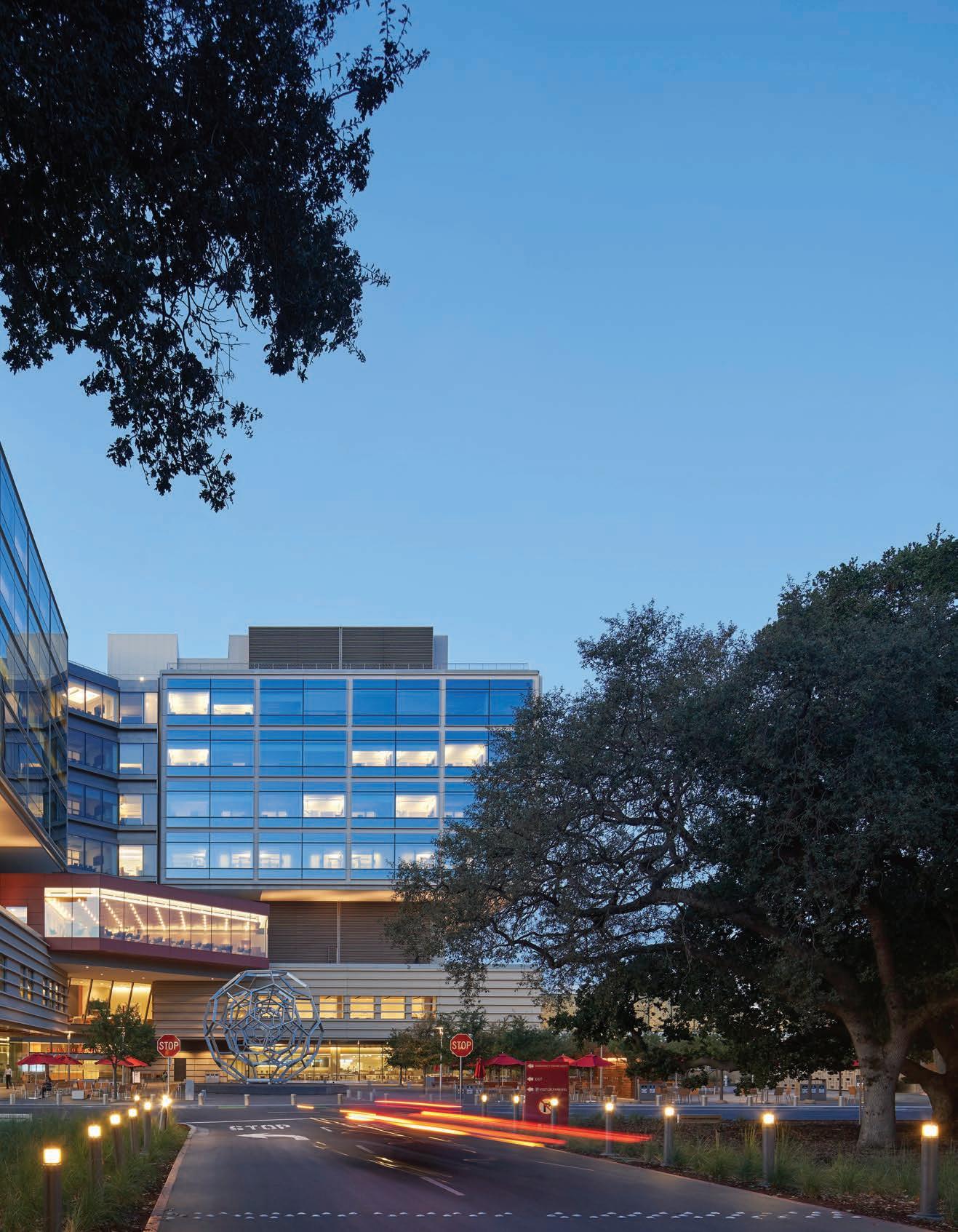
We are committed to sustainable operations and minimizing our environmental impact. We will continue to work towards reducing our environmental impact in all our operations.
Building on what we initiated in previous years, we collect data regarding our own operations, and, accordingly, analyze this data to understand where we stand and set strategic targets for future goals. Currently, we have made significant strides through various initiatives, including implementing strategies to reduce our energy consumption, waste generation, and water usage.
This year, we partnered with Verdis Group, a third-party organization helping us to verify our own operations’ carbon impact. We know we cannot change or manage the things we cannot measure. Also, we are aware that accurate and transparent data is the key to implementing effective goals. All of the operation-related data that we share in this report is third-party verified.
Looking ahead, we are continuing to reduce our carbon footprint by optimizing and reducing energy demand and adopting innovative technologies that promote energy efficiency. We are also enhancing our waste management practices and increasing our use of sustainable materials for our own operations. Additionally, we will prioritize social sustainability by supporting diversity, equity, and inclusion initiatives and promoting responsible supply chain practices.
Following in the footsteps of our Washington, DC, studio, Perkins Eastman is preparing to apply the JUST Transparency label for its firmwide operations.
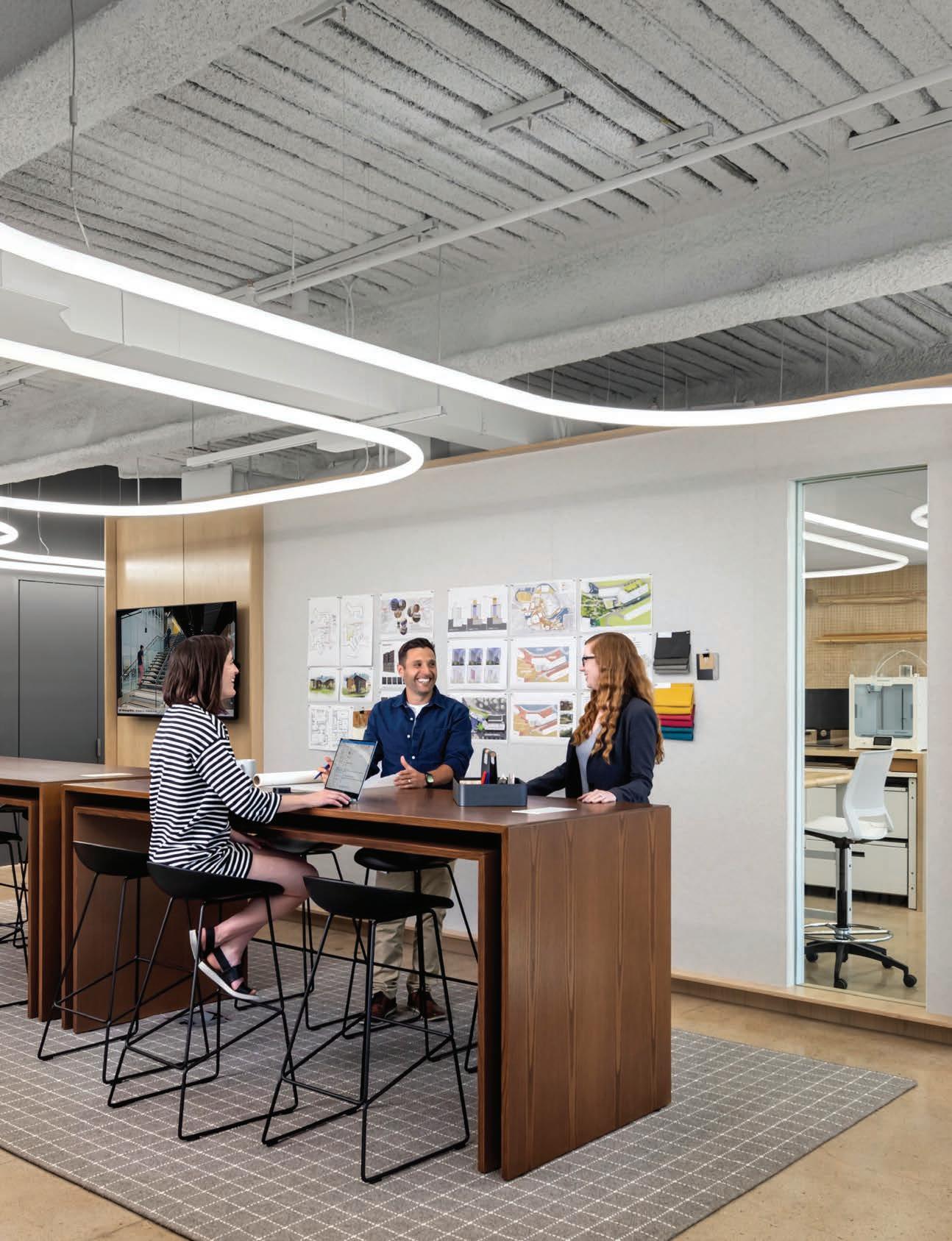
The United States Environmental Protection Agency (EPA) has categorized GHG Emissions into three scopes.
*Includes only office purchases. Does not include services.
†This report’s analysis does not incorporate data of consultancy services to prevent doublecarbon counting. Nevertheless, Perkins Eastman provided full-spectrum service data to our third party verifier. (The report can be accessed via this link) We will obtain additional data from our consultants concerning their carbon disclosures and accurately report emissions associated with Scope 3 Services in future sustainability reports.
In 2022, as many companies resumed in-person operations, our firm opted to adopt a flexible hybrid workweek model, comprised of three office-based days and two remote working days. This transition in working patterns has resulted in a ripple effect on commuting behaviors. To support our carbon emissions reporting and gain insight into the evolution of commuting habits over the past three years, we conducted a comprehensive firmwide commuting survey. Our survey solicited staff input on their mode of transportation to work (driving solo, driving in an EV/hybrid, carpooling, using public transit, or self-propelling), daily commuting distance, and frequency of commuting to the office each week.
Although the survey revealed that public transit is the dominant mode of transportation for commuting across the firm, there is still significant potential for emission reductions by decreasing reliance on single-occupancy commuting. Leveraging the survey results, we aim to promote sustainable commuting practices that prioritize the well-being of our staff, while striving to achieve our sustainability targets and make a positive impact on the environment and society.
As part of this year’s annual operations reporting, we conducted our firmwide waste audit with the objective of enhancing our understanding of our carbon footprint. Throughout the audit week, we asked volunteers from each of our offices to sort and weigh waste into landfill, recycling, and compost bins. This exercise was instrumental in providing insight into the categories and quantities of waste we generate across our offices, identifying the most commonly wasted materials, and highlighting areas for improvement in our waste management practices.
With the data we gathered—including associated carbon emissions resulting from waste generation—we intend to advocate for increased education on waste management in each of our offices and reassess our approach to office waste collection. Our overarching goal is to make informed firmwide decisions regarding waste management practices and play our part in contributing to a more sustainable future.
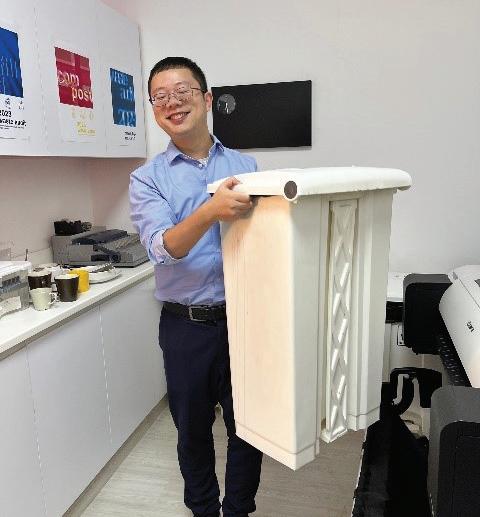

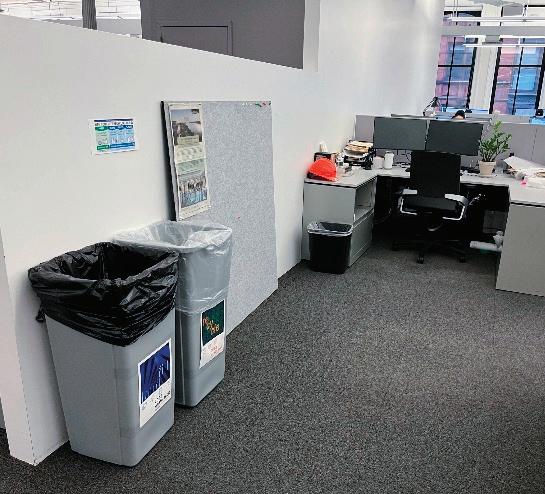

21,960 lbs Recycled
11,832 lbs
Perkins Eastman has a goal of meeting LEED Gold standards in all of our offices, but in Latin America, that goal takes on a different meaning. In an area where LEED is not the norm and codes enforcing sustainability are rare, even meeting pre-requisite requirements such as recycling can be challenging, let alone sourcing sustainable materials for the studio and our projects. But this is precisely why, as we moved into a new office in Guayaquil this past year, we used our space as an opportunity to educate and enforce our commitment to sustainability within Ecuador.
Leading by example, we started with well-being and energy efficiency specific to Guayaquil’s tropical/humid climate. By maximizing daylight and minimizing glare through the installation of exterior solar shades, selecting efficient lighting, adding occupancy and daylighting sensors, and then upgrading to a newer, more energy efficient HVAC system, we were able to achieve a 24% energy use reduction and an 80% spatial daylight autonomy threshold.
While recycling is not the norm in Ecuador, we were able to implement a comprehensive recycling program where around 40% of our total waste is now being diverted from landfills. A big part of this is also influencing behavioral change through providing our staff with the educational materials needed to make this program succeed. To increase awareness, a green educational program was put in place and includes signage underlining our office’s sustainability features and a “Green Screen” that shows, in real time, all of our sustainability initiatives with our staff, visitors, and clients.
Our commitment and vision around sustainability has made the Guayaquil Studio one of the most sustainable workplaces in Ecuador.
Sustainability Top Features:
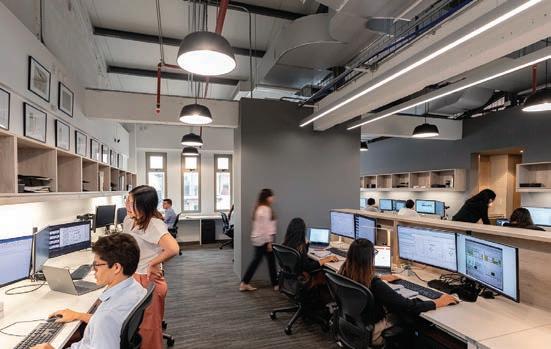
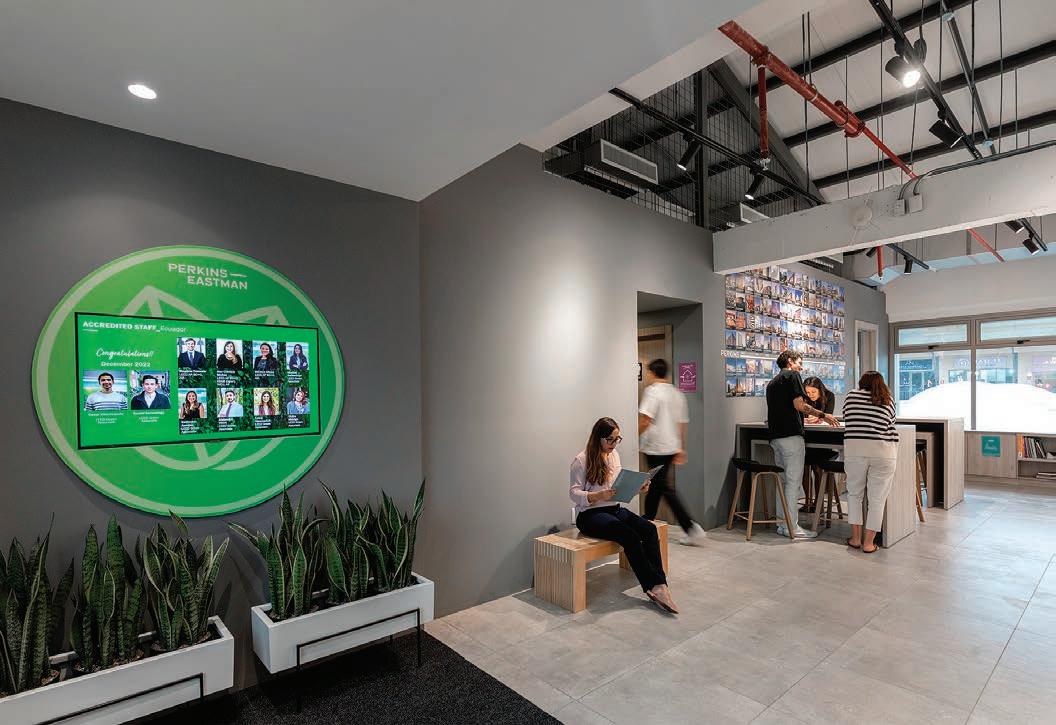
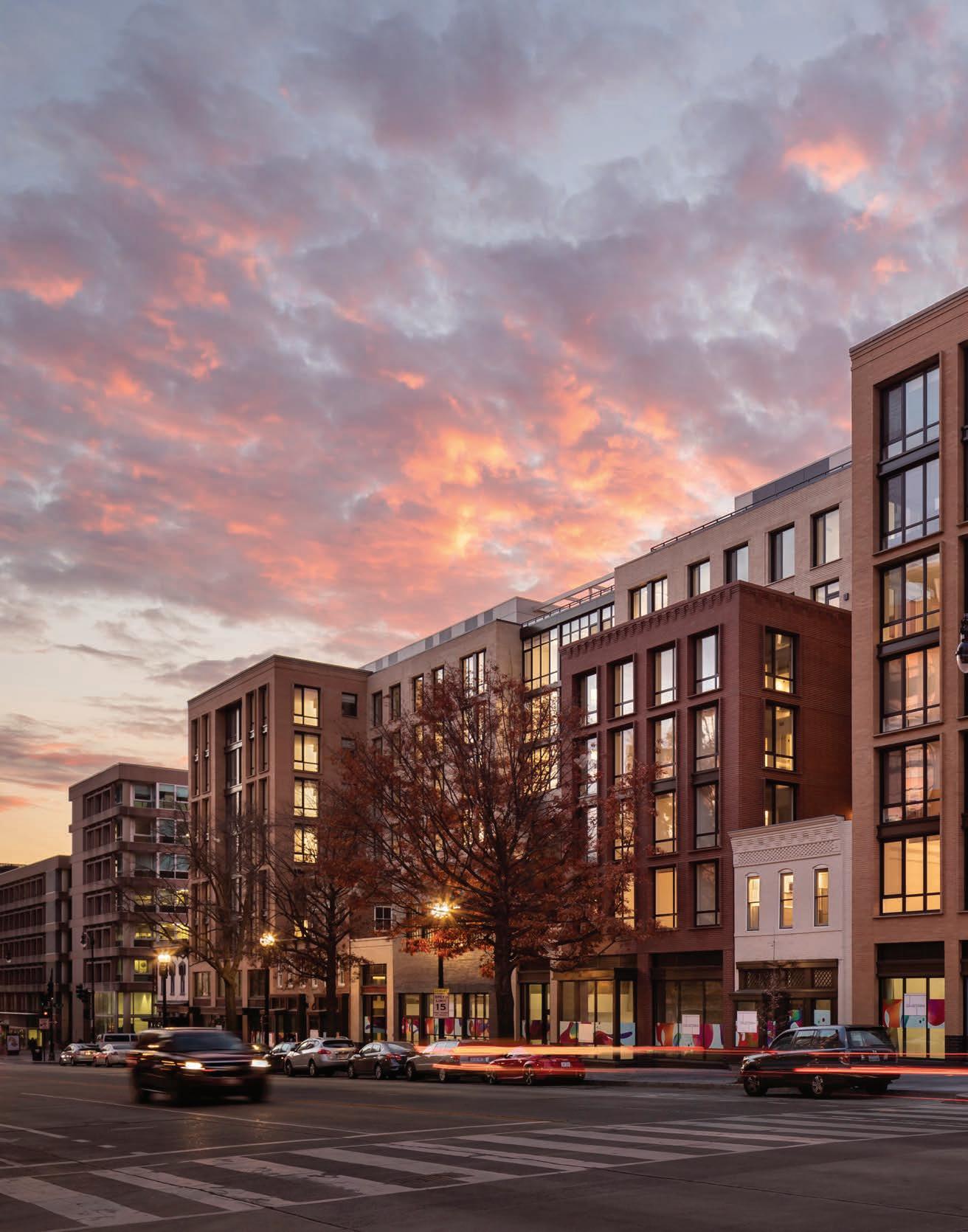
COLLECTION 14, WASHINGTON, DC | LEED GOLD

We believe the only way to truly achieve our goals is to embed sustainability within our design culture and process; to that end, here are some specific highlights of our progress this year:
This year we completed our second Annual Excellence Portfolio (AEP)—an examination and celebration of our current work that seeks to advance the industry through the lens of “Human by Design.” With 49 submissions from 18 studios across our firm, this year’s portfolio reflects our broad and inclusive definition of excellence—work that demonstrates a clear vision, holistic high-performance, an ability to synthesize complexity, and represents good stewardship of the environment.
The submission requirements for the AEP included not only imagery and a narrative outlining the project, but also a spreadsheet requesting specific project metrics and information in line with the AIA Framework for Design Excellence. All submissions went through a series of rigorous internal reviews followed with a critique by an external jury. Submissions were then narrowed down to a few selected finalists. A book documenting these finalists will be released later this year.
In 2022, we had even more projects across the firm targeting higher levels of performance, more deeply integrating sustainability into their design process, and reaching loftier goals. This past year we had nine projects achieve a major certification milestone—from hospitals in California to modular senior housing in New York, and we have over a hundred more registered and underway on a path toward certification—be it LEED, WELL, Passive House, or Envision, among others. Compounding on our progress from last year, our additions this year include one project targeting Net Zero Energy, two projects targeting Passive House, two projects targeting WELL, and three projects targeting LEED Platinum. Although sustainability is broader than third party market standards, these certifications are useful guideposts to measure our progress, and we are excited to celebrate our achievements, especially the high performers.
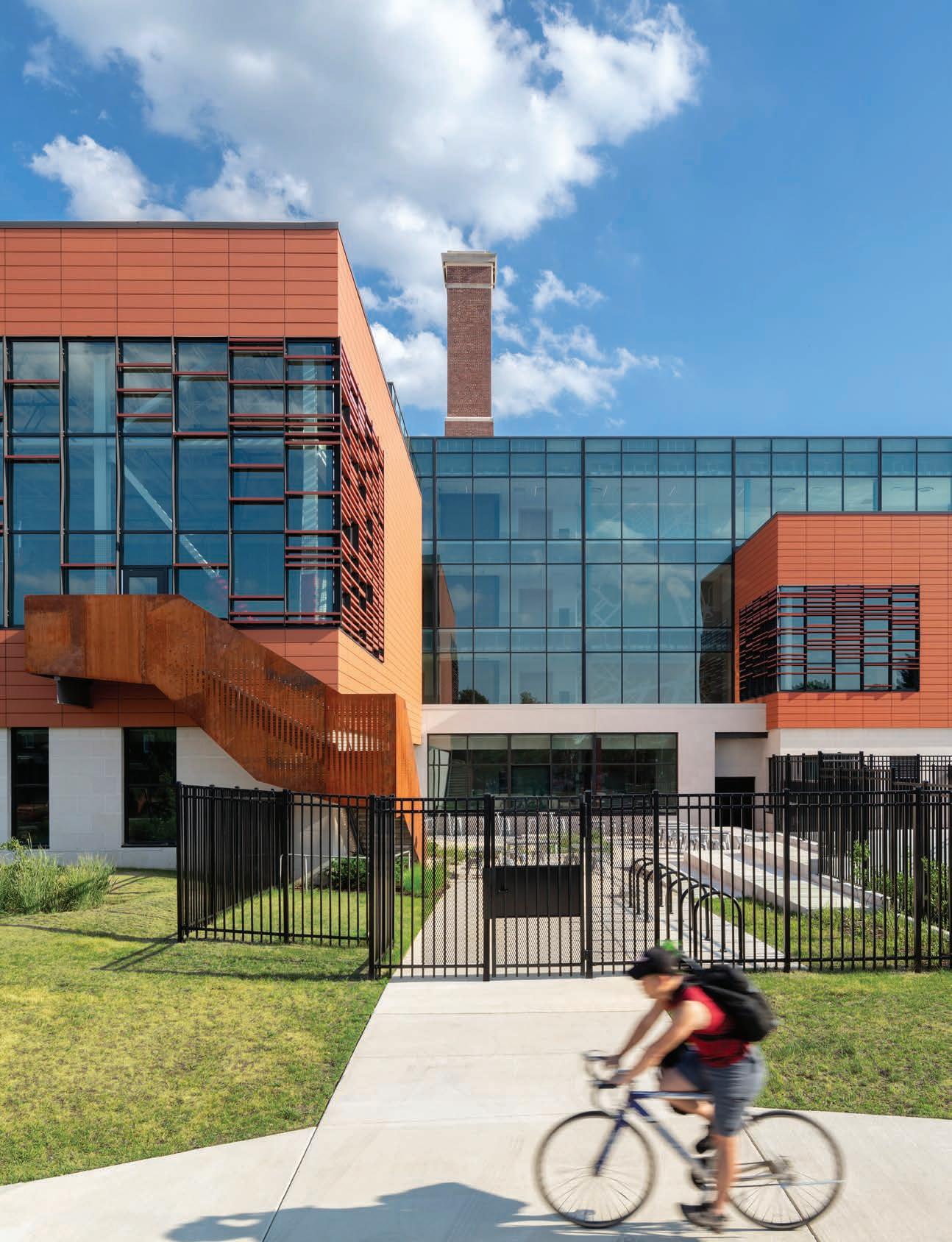
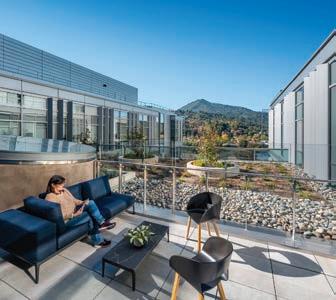





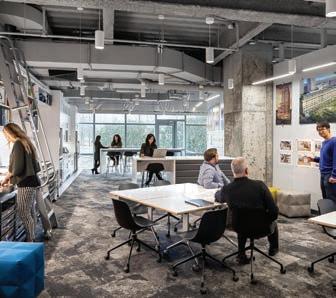


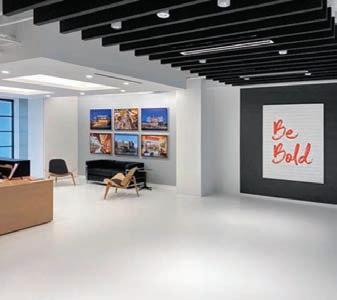





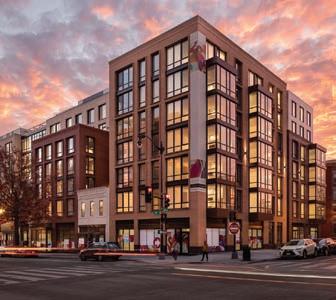
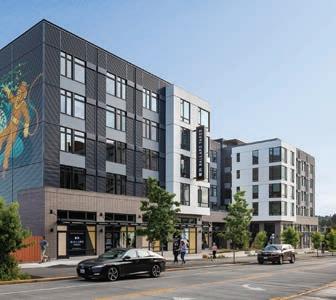







UNIVERSITY OF ILLINOIS FOUNDATION HEADQUARTERS, URBANA, IL, TARGETING WELL +

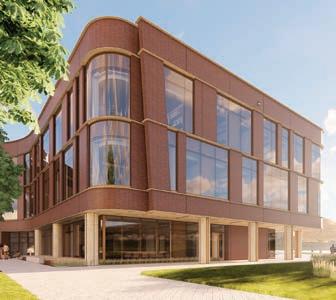


At its essence, 2Life Opus is dedicated to building equity in senior living environments. Our clients came to us to help them design an innovative and exciting project that would expand the housing options in their portfolio and provide an operational, architectural, and financial model that may be replicated across the country. To capitalize on existing amenities and social infrastructure, the project was intentionally co-located with one of their current communities, Coleman House, and on the site of the active local Jewish Community Center (JCC). Coleman House residents have been involved throughout the design process to provide feedback and to ensure the community continues to serve them well. Walking trails connect the new buildings to Coleman House, the JCC, and the larger
neighborhood, including Nahanton Park and the cooperative farm across the street. These elements also enhance resident well-being by encouraging walking and social engagement. Equitable economics have been the primary driver of this project from the start. Without a business plan that drives profit, the underlying ethos of this project—affordable housing and increased diversity—would not be fulfilled. To fulfill that goal, we designed amenity spaces that would accommodate various types of gathering, but that are highly flexible so that as little non-revenue-generating space as possible would be constructed. We primarily detached these amenities from the apartments so that the structural and organizational systems could work independently, an additional design decision that saved on the budget.
One of the primary initiatives of 2Life Opus is to create intentional community. To fulfill that mission, all future residents will be required to volunteer for a number of hours per month, offering their skills and talents in places such as teaching lifelong learning classes, hosting and seating at meals, and operating the internal convenience store. Participating in the life of the community will ensure that 2Life Opus is a vibrant and sustainable place for both residents and guests.
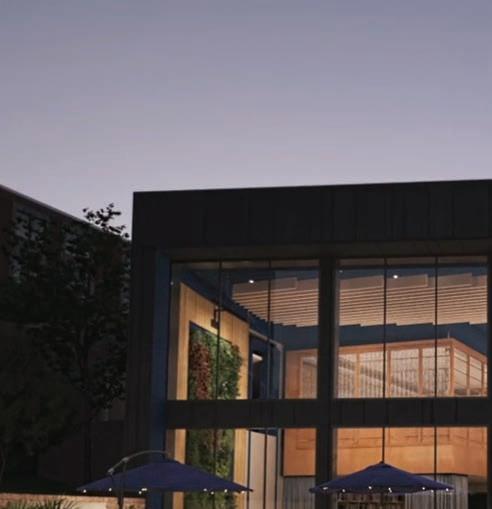
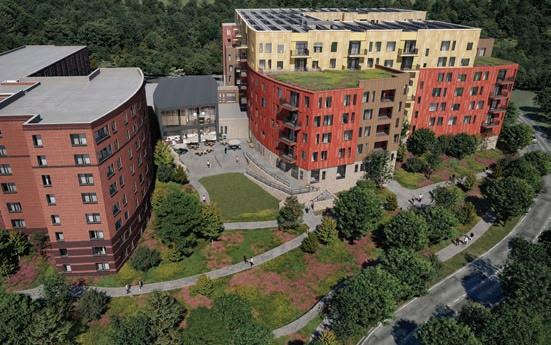


To address our role in climate change, we carefully focus on improving the energy efficiency, and, more broadly, reducing the carbon associated with the construction and operation of our designs. We strive to be a carbon-neutral firm, and although we still have a long way to go, below are the steps we are taking to get there.
Achieving carbon-neutrality in our design work is no small goal; carbon is, quite literally, everywhere. While we have proven that we can design one type of net-zero energy building— our work in K–12 environments is testament— can we translate that work comprehensively throughout our many practice areas? Can we design net-zero energy buildings ranging from schools to hospitals, on dense urban sites, 50 stories tall? And what about the carbon emitted by the utility providing the power for that skyscraper? Or the carbon emitted by the employees commuting to their new office location? The many different factors that comprise a carbon neutral future require a multi-disciplinary response. As a firm, we must focus on all things—embodied and operational carbon—but also be advocates for the development of cleaner power grids, environmentally healthier materials, and smarter technology for carbon sequestration and capture.
Here’s where we stand on this path:
Perkins Eastman has been a signatory of the AIA 2030 Commitment since 2014. Collecting all of the data from the portfolio of our 24 studios, 18 practice areas, and nearly 1,200-person firm, has been challenging, but we are proud of the progress we have made thus far. We are committed to transparently representing our portfolio within and outside of our organization. We are also committed to sharing performance-related data with our industry peers in an open-source framework that encourages discourse. This year, we submitted 95% of our eligible projects. Out of these submitted projects, 48% used energy modeling tools in their design process. Our average %pEUI reduction compared to CBECS 2003 baselines is 49.8%. With this, we were able to prevent 555,012 MTCO2e emissions.
We are now seven years away from 2030, the year that our organization has committed to achieving the 2030 Challenge target of designing 100% carbon-neutral buildings. To meet this target and understand realistic performance assumptions, we are striving to conduct energy modeling on all of our projects. Without quantitative data, we cannot set measurable and achievable targets. Compared to the previous year, the number of the projects with energy modeling increased 8%.
This past year, we hosted a firmwide design competition centered around this very challenge—holistic decarbonization in the built environment. This competition allowed entrants to investigate approaches to eliminating carbon emissions through the design of a new or renovated mixed-use academic building on a university campus. As part of the competition, teams participated in educational sessions covering both operational carbon and embodied carbon, and were then asked to develop submissions that not only made significant strides toward carbon neutrality both in terms of operational and embodied carbon, but also showcased creative, out-of-the-box thinking. More can be seen on this competition in the following case study.
Our firmwide design competition, held at the end of 2022, allowed Perkins Eastman teams to explore decarbonization in the built environment. The goal was to provide teams across the firm with the resources they needed to explore decarbonization in a way that could translate directly into their current projects and also carry good ideas forward into future design efforts.



Submissions ranged from a solution that rethinks how the built environment delivers comfort through wearable technology, to a creative renovation of an existing building on-campus to meet the capacity and expanded programmatic demands of a 21st century learning environment, to a new building construction with a rigorous mass timber approach and passive strategies paired with on-site renewables to reach near netzero targets.
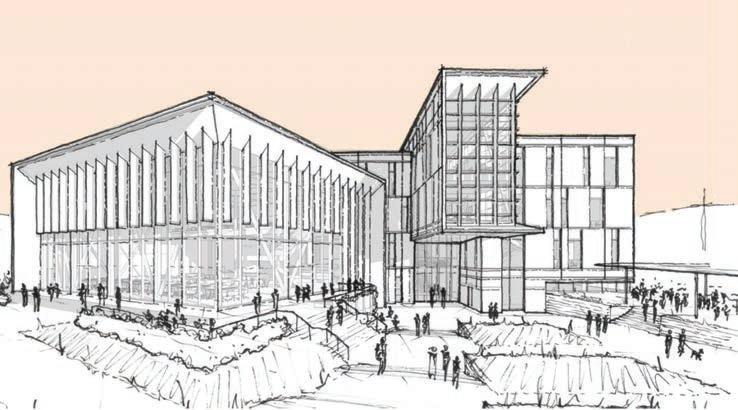






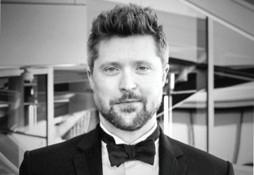

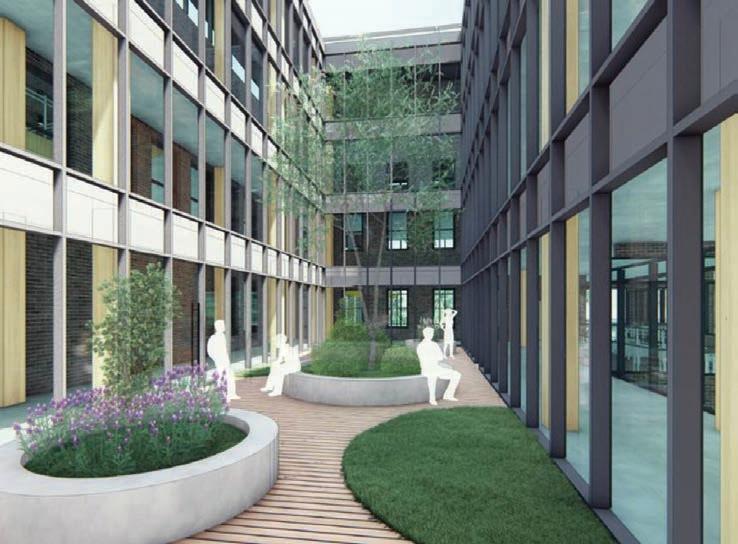

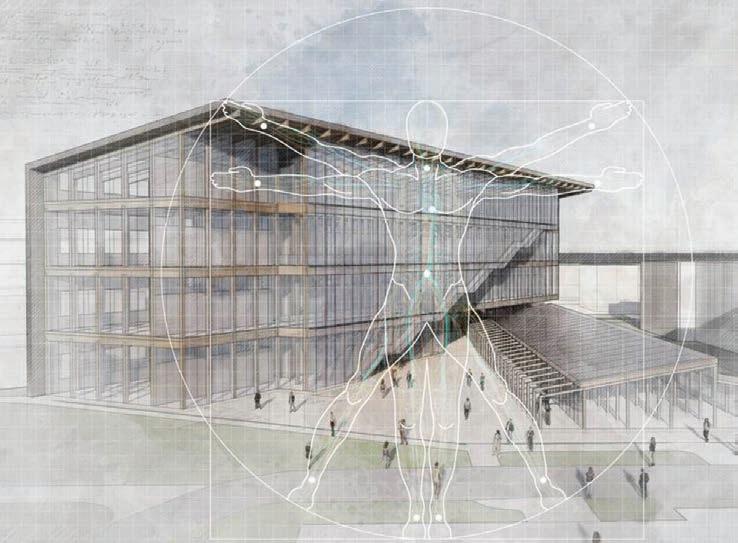

As we’ve stated in our Sustainability Resolution, we strive to lead with passive design strategies, as this approach provides the key to reducing future climate emissions and improving livability and resiliency. Located in Mount Vernon, New York, 42 Broad Street is pre-certified and on the path to full certification under the Passive House Institute US (PHIUS) 2015 standard. The project is also the first for-profit project in the United States to pursue Passive House certification. This 16-story, 249unit development was originally pursuing LEED certification, but through the design process, our client became drawn to Passive House certification as a performance-based standard that could truly deliver on both energy efficiency and comfort. Employing passive design strategies, as emphasized in the Passive House standard, is, in many scenarios, our best path forward to a carbon neutral future. We are learning from this project and intend for it to be the first of many to follow the Passive House path.
A northern-facing glass curtain wall is a significant cooling strategy for the project. For multifamily passive houses, internal heat gains can dominate even in cooler climates, and the northern-facing curtain wall actually allows the project to lose some of this excess heat.


Materials play a major role in our mission to improve wellness of both people and planet. We strive for all of the materials we use to have a net-positive benefit throughout their life cycle. These are the steps we are taking to get there:
In 2022, we made significant strides in regards to materials education, material library policies, and project benchmarking. Our efforts continue to center on the AIA Architecture & Design (A&D) Materials Pledge, and the impacts that material production, selection, and use have on human health, societal health, ecosystem health, climate health, and the circular economy.
Our Material Library Working Group, which consists of material library representatives for all studio locations, created and implemented new material library policies in 2022. Now and in the future, all products entering Perkins Eastman material libraries must either be connected to the mindful Common Materials Framework (CMF) or meet at least one Sustainability Criteria (as defined in our outreach materials, and aligned with the CMF). Before a new product is permitted within our libraries, material vendors must fill out a one-page information request form confirming alignment with the new policy.
We implemented our inaugural firmwide benchmarking policy in 2022 with the request that all projects at Perkins Eastman document at least ten products with associated materials transparency documentation. While selecting ten products is not an ambitious threshold— many of our projects aim for much higher material health targets—our goal is for all of our projects, without exception, to vet materials for human and environmental health considerations. This also helps us address another goal for this policy: increasing overall staff awareness and knowledge surrounding material health as an integral part of the design process.
We are focusing on project performance, and our near-term objective is that all Perkins Eastman projects establish a material health goal and track progress towards that goal. To build on our 2022 efforts to track material transparency and optimization data for projects, we are now requesting that all projects set goals relating to the A&D Materials Pledge and select products to meet those goals in alignment with the Common Materials Framework. We will also be working with our 18 practice areas to set relevant targets and distinct benchmarks specific to the challenges and opportunities faced by each typology. We look forward to the release of AIA A&D Materials Pledge metrics (anticipated in the next two years) in order to have a consistent industry framework for the reporting of material health progress.
Our Materials Library Working Group is expanding on what we’ve initiated, and is focusing efforts on the potential for our libraries to serve as dynamic education labs. We are conducting an inventory of our existing material libraries, and will be developing opportunities for educational signage, practical guides, and visible cues for product selection. Manufacturer advocacy continues to be a priority, and the working group has
begun to compile a list of manufacturer presentations that substantially focus on material health consideration, with the aim of prioritizing substantive presentations and eliminating greenwashing.
Industry leadership and advocacy is a priority as we move forward. Perkins Eastman is an Inaugural Catalyst Forum Member of the mindful MATERIALS AEC 2022–2024 Forum, whose mission is to accelerate collective industry progress. Similarly, we are also part of the Material Bank Carbon Neutral Program. Our staff serve on industry working groups, and our Leader of Sustainability Standards, Tanya Eagle, serves as the Co-Chair of the AIA Materials Pledge Working Group, which is tasked with developing the future of the A&D Materials Pledge and associated benchmarks. We also continue to present at leading industry conferences, and look forward to many more cross-industry partnerships and presentations.
Washington University McKelvey Hall, St. Louis, Missouri
As the new home to the Department of Computer Science and Engineering at the Washington University in St. Louis, (WUSTL) McKelvey Hall is one of the most significant capital projects in Washington University’s recent history. The University’s strong focus on sustainable design and health and wellness laid the groundwork for McKelvey Hall, which was designed and built in accordance with rigorous standards for material health, outlined below. WUSTL’s sustainability team brought together the architects, contractors, and consultants for collaborative charrettes throughout the design-build process. Two of our defined project goals were to foster a high level of health and well being for building occupants and to reduce the environmental impacts of selected building materials.
The collaborative process and the assistance of a materials consultant enabled a thorough vetting of selected materials against a multitude of criteria, including the LEED NC v4.1 requirement; Red List chemicals; healthcare-level standards outlined in the Healthier Hospitals Initiative; and criteria from the WELL Building Standard. Furniture and design selections were vetted to prioritize products with associated EPDs, HPDs, Declare labels, Cradle to Cradle certifications, recycled content, and FSC certified Wood. The project also selected products with low- or no- VOC content and that met the LEED v4.1 emissions criteria. We worked with the University to identify how we could raise the bar for not only this project, but future projects as well. The project exceeded the University’s goal of LEED Silver and received LEED NC v4 Gold certification.
As a result of the clear project goals established by our integrated design process, we achieved compliance with LEED v4.1 Low-Emitting Materials criteria for six product categories, identified 37 products with EPDs, 33 products with Material Ingredient reporting, and 24% of the total materials cost was composed of products with either recycled content, FSC certification, or were salvaged/reused. By vetting materials for emissions criteria and implementing construction indoor air quality control measures, McKelvey Hall also passed the LEED v4 Indoor Air Quality testing requirements.

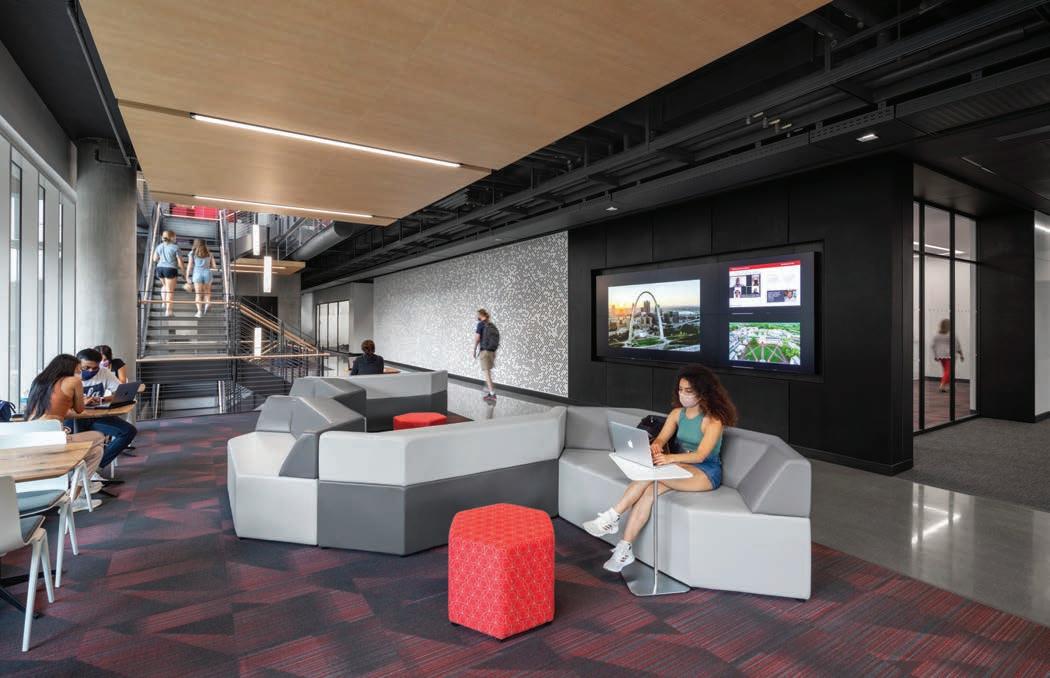
Research guides our pursuit of holistic wellness in design and operations. Much of our firmwide research efforts aggregate around the topic of holistic wellness—thinking about wellness both in terms of people and the planet, at all scales, and how our work as architects impacts this. To address this, we’ve combined these sections for this year’s report.
Our research efforts as a firm this past year span practice areas and regions, but the one commonality among them centers on the human experience and how our work can impact this experience. Our dedicated thought leadership team supports this research across the firm:
Perkins Eastman’s Design Research team supports a firmwide culture of inquiry. Their research focuses on the relationship between people and place—particularly how the built environment affects perceptions, behaviors, and wellbeing. The Design Research team conducts and advocates for practice-based, environment-behavior research that allows for more informed decision-making, improved stakeholder outcomes and experiences, and better built environments, demonstrating thought leadership that supports and advances the industry.
Our Design Strategy team takes a futureoriented, proactive approach to every challenge that we encounter. We leverage design thinking—a framework for creative problem-solving—to discover innovative, human-centered solutions across a wide variety of contexts. Multiple research methods, including observational study, interviews, surveys, and interactive workshops, give us a holistic understanding of user needs and preferences. We continually translate, test, and apply what we learn directly in the field, using our research-based insights to improve and inform our work.
Finally, our in-house sustainability team supports research on our highest performing projects. Typically, their research focuses around building performance, measuring anything from energy performance to indoor environmental quality metrics such as daylight, thermal comfort, acoustics, and air quality. These metrics act as indicators of how our designs are performing around our holistic wellness goals—wellness of people AND planet.
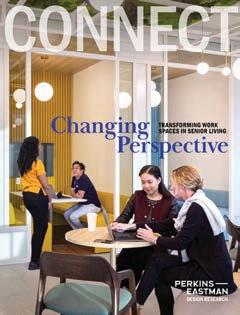
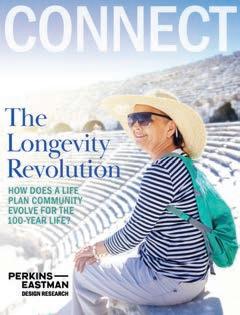


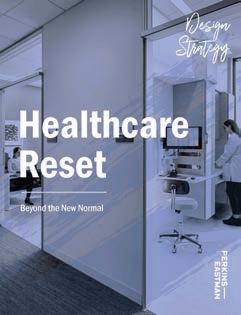
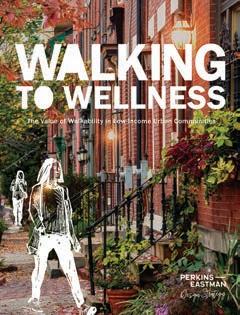

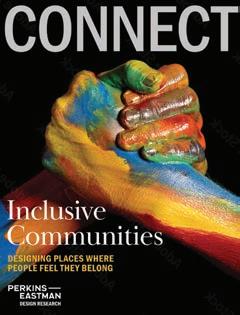
The design concept for a new hospital replacement building for MarinHealth Medical Center started with a careful focus on indooroutdoor connections—leveraging the beauty of the surrounding landscape to connect patients with nature. With the rolling hills of Mount Tamalpais as a backdrop, careful consideration was given to open patient rooms to these views, while mitigating unwanted heat gains and glare by incorporating exterior shading. Solariums were also added to each floor to provide outdoor healing space within close proximity to patient and visitor areas.
Our Design Research team conducted a preand post-occupancy evaluation questionnaire to better understand how successful our design was at delivering on this vision. Some high-level findings derived from this questionnaire (in comparison to the rest of the MarinHealth Center,) reported by patients include:
• An increased awareness of the outdoor spaces
• An appreciation for the beautiful views
• Improved quality of outdoor spaces
• Higher satisfaction with these aspects listed above (62% pre-occupancy versus 91% post-occupancy)
• The hospital’s access to the outdoors helped them feel calm (61% preoccupancy versus 85% post-occupancy)
• Outdoor access supported their healing process (78% post-occupancy)
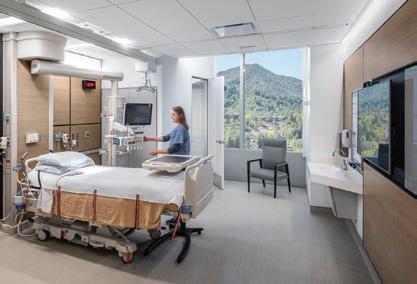

Resiliency, like sustainability, can sometimes be put into a box and limited in its definition and scope, mainly focusing on climate change and natural disasters. The broader definition of resiliency includes social, economic, and environmental factors across a variety of scales. This allows us to prepare for an uncertain future that includes both immediate shocks and long-term stressors.
In many ways, our expertise in resiliency is exemplified in our leading portfolio of work and our unique approach to reconnecting cities to their waterfronts. We begin with a comprehensive, larger scale perspective of planning and infrastructure that accommodates sea level rise, storm surges, and flooding, as well as social and economic challenges. These considerations are incorporated into early design decisions and set the tone for our large-scale planning work. Although all scenarios and responses are different—for instance, our approach to a waterfront in New York City is different from our approach to one in Washington, DC, or Shanghai—we are able to translate lessons learned on various waterfront projects across a variety of contexts, reconnecting people in cities and regions across the globe to water in a resilient and healthy way.
We are actively engaged with various projects and studies that tackle many components of resiliency. Examples include earthquake preparedness at Stanford Hospital in California, flooding mitigation at The David
H. Koch Center for Cancer Care at Memorial Sloan Kettering Cancer Center in Manhattan, adapting to social and economic shifts by converting offices into residential units in Washington, DC, and many other cities, and updating a passively-designed, historic Richard Neutra building to adapt to the changing climate conditions in Los Angeles. To holistically address resiliency, we must be cognizant of and focus on these various shocks and stressors in parallel.
To support the broadening definition of resiliency, our urban design and large-scale practice areas have developed customized metrics of success that prompt teams to widen their thinking around sustainability and resiliency, help set clear targets at early stages, and evaluate a project’s performance through its entire life. These metrics cover various categories including resiliency, water, energy, DE&I, wellness, and mobility. This framework is being tested on active projects to continue the refinement and improvement of our process.

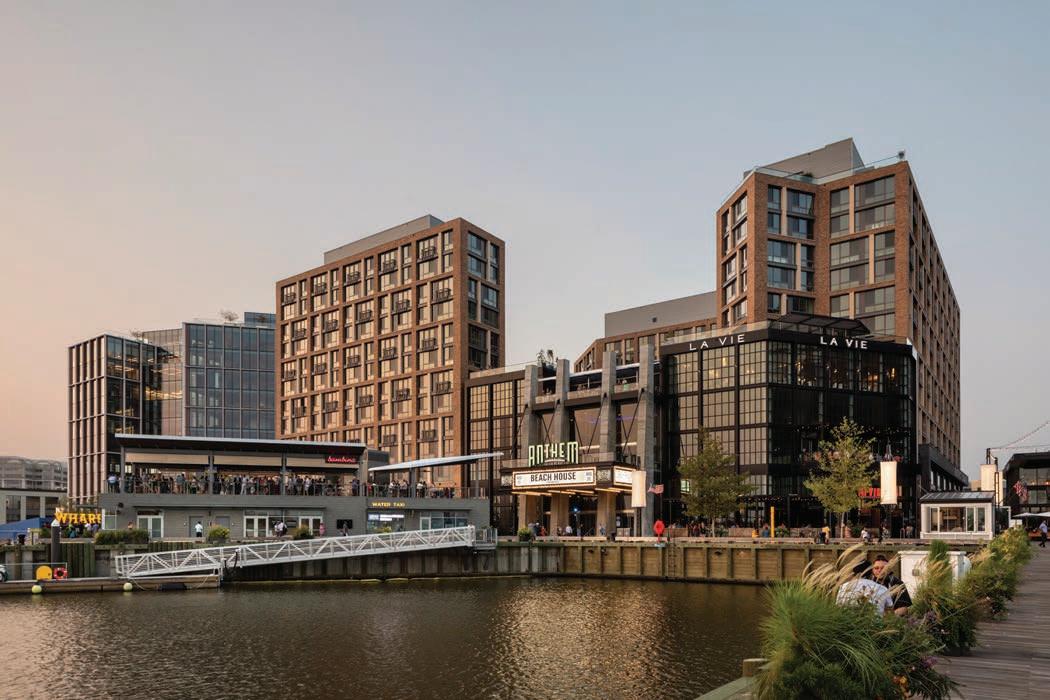



OBJECTIVESOFTHISEXERCISE:
•StandardizeasetofmetricsthroughoutthePracticeArea


•UnderstandhowprojectsareperformingwithinthePracticeArea
•Identifyhighperformingprojectsandgeneratecasestudies
•IdentifymetricswherethePracticeAreaisnotperformingwell
•Raisethebar,intermsofperformance,forallprojects
USEFULRESOURCES:


•RELI2.0Standard: https://www.usgbc.org/sites/default/files/2021-02/RELi%20_05_2020.pdf
•Envision3.0Standard: https://sustainableinfrastructure.org/wp-content/uploadsEnvisionV3.9.7.2018.pdf
•AIA’sFrameworkforDesignExcellence: https://www.aia.org/resources/6077668-framework-for-design-excellence
•LEEDNDReferenceGuide: https://www.usgbc.org/sites/default/files/section/files/v4-guide-excerpts/Excerpt_v4_ND.pdf







































Nashville is currently experiencing a building boom. While this has been good for the economy, it has also brought many challenges, including a lack of affordable housing. Nashville has also experienced severe flooding. In 2010 and 2020 in particular, record-setting storms and flooding caused extensive damage to properties, and projections show that local rainfall will only increase in intensity moving forward. Current regulations aimed at mediating these effects are prohibitively costly, requiring individual property owners to construct green infrastructure to mitigate flooding.
The Imagine East Bank Plan addresses all of these problems comprehensively and in parallel, investing in significant infrastructure at the waterfront to improve the resiliency of the area while also creating six million square feet devoted to a new urban district.
Our comprehensive, district-scale strategy for enhancing the resiliency of the flood-prone area of the East Bank is integrated within a new, open space network. A district-wide approach connects green infrastructure and allows for topography to be sculpted, elevating development above floodplains. Additionally, strategically located “lay back” areas stabilize the river’s edge, reduce erosion and flood elevations, and promote natural ecology and accessibility. This also provides for the creation of a continuous riverfront park, with a greenway running through that connects existing and planned city-wide parks and trail networks.
Strategically located “layback areas” are designed to stabilize the river’s edge and also provide for the creation of a continuous riverfront park. In this time of climate change, we believe that engaging with, rather than retreating from, the water is essential to building urban resilience.
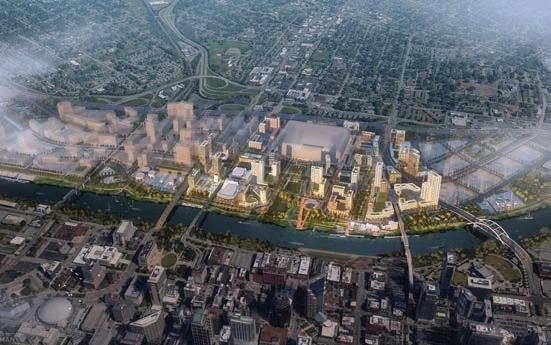

Photography
Copyright Tian Fangfang/Courtesy Perkins Eastman, Pages: Cover, Committee Introduction 1
Copyright Robert Benson/Courtesy Perkins Eastman, Page: Industry Updates
Copyright Joseph Romeo/Courtesy Perkins Eastman, Pages: Table of Contents Page 36, Page 37 [Eliot-Hine Middle School]
Photograph Andrew Rugge/Copyright Perkins Eastman, Pages: Our Culture, Page 24, Pages 33-34, Page 37 [Perkins Eastman: Stamford Office], Page 37 [Collection 14], Page 37 [Ballard Yards]
Copyright Bruce Damonte/Courtesy Perkins Eastman, Pages: Pages 21-22
Copyright Tim Griffifth/Courtesy Perkins Eastman, Pages: Page 2, Page 37 [MarinHealth Medical Center], Page 55, Page 56
Copyright Will Pryce/Courtesy Perkins Eastman, Pages: Page 37 [Stanford University Medical Center]
Copyright Perkins Eastman, Page: Page 37 [Perkins Eastman: Los Angeles Office]
Copyright Francis Zera/Courtesy Perkins Eastman, Pages: Page 37 [Spire], Page 62
Copyright Paúl Rivera/Courtesy Perkins Eastman, Page: Page 52
Photograph Sarah Mechling/Copyright Perkins Eastman, Page: Page 58 (top)
Copyright Arch-Exist Photography/Courtesy Perkins Eastman, Page: Page 58 (bottom)
Copyright JAG Studios, Page: Page 32
Document Prepared By
Sustainability Team (Koray Aysin, Ryan Dirks, Tanya Eagle, Juan Guarin, Heather Jauregui, Ana Cristina Muñoz, Claire Turvill, Megan Valentine, Christine Vohringer)
Zac Redden
Jennica Deely
With special assistance from:
Communications Team (Emily Bamford, Cat Brutvan, Abby Bussel, Trish Donnally, Melissa Nosal, Jennifer Sergent, Alisa Shev, and Brooke Sullivan)
Sustainability Advisory Committee (Dan Arons, Eric Fang, Scott Fitzgerald, Jason Harper, Stephanie Kingsnorth, Nick Leahy, Jesse Mallen, Mary Rankin, Wolf Saar, Jerry Walleck)
Kim Rader
Sarah Mechling
Green Coordinator Network
Sustainability Leads
Contact us to learn more sustainabilityteam@perkinseastman.com
Printed on stock using 100% Post Consumer Waste
